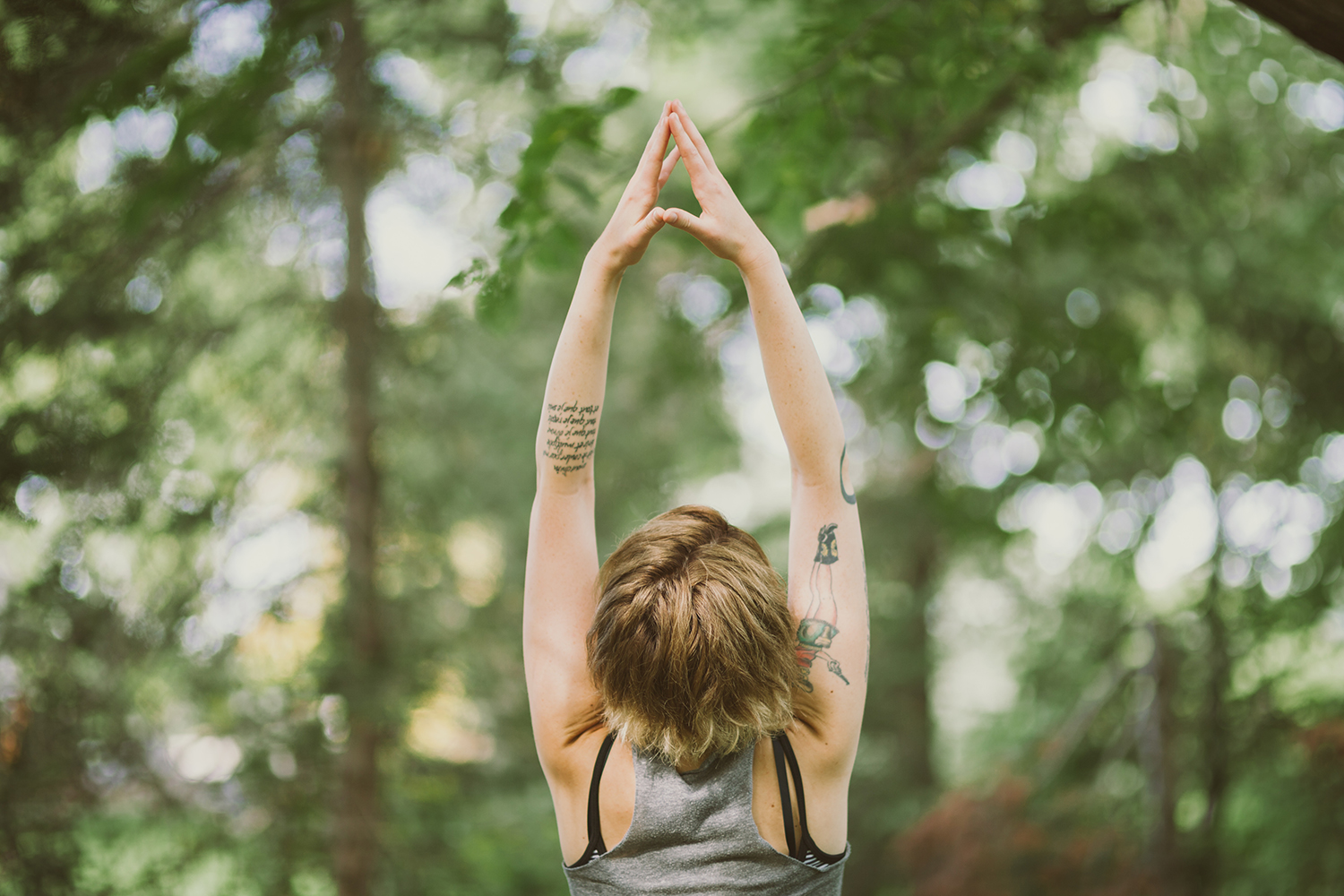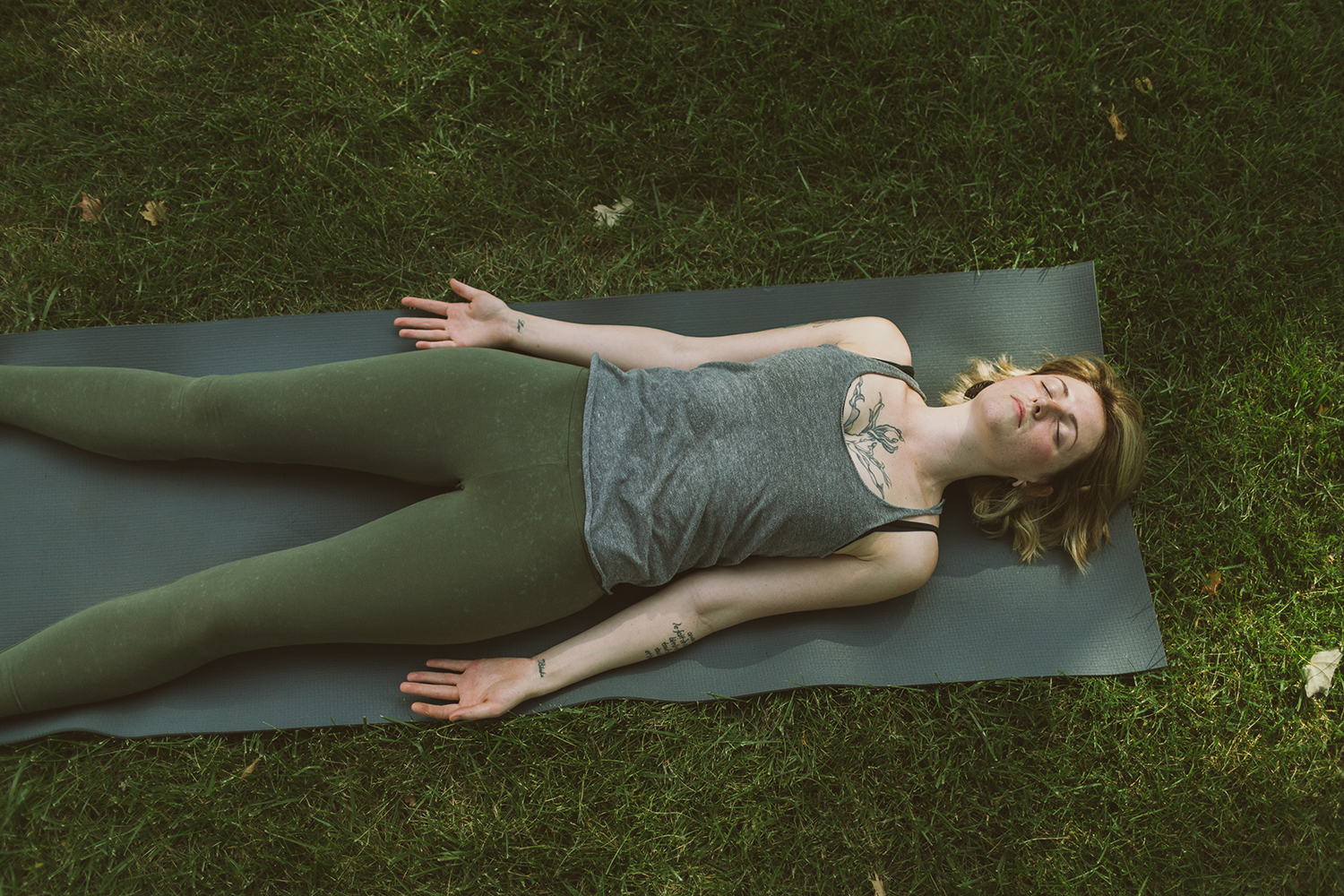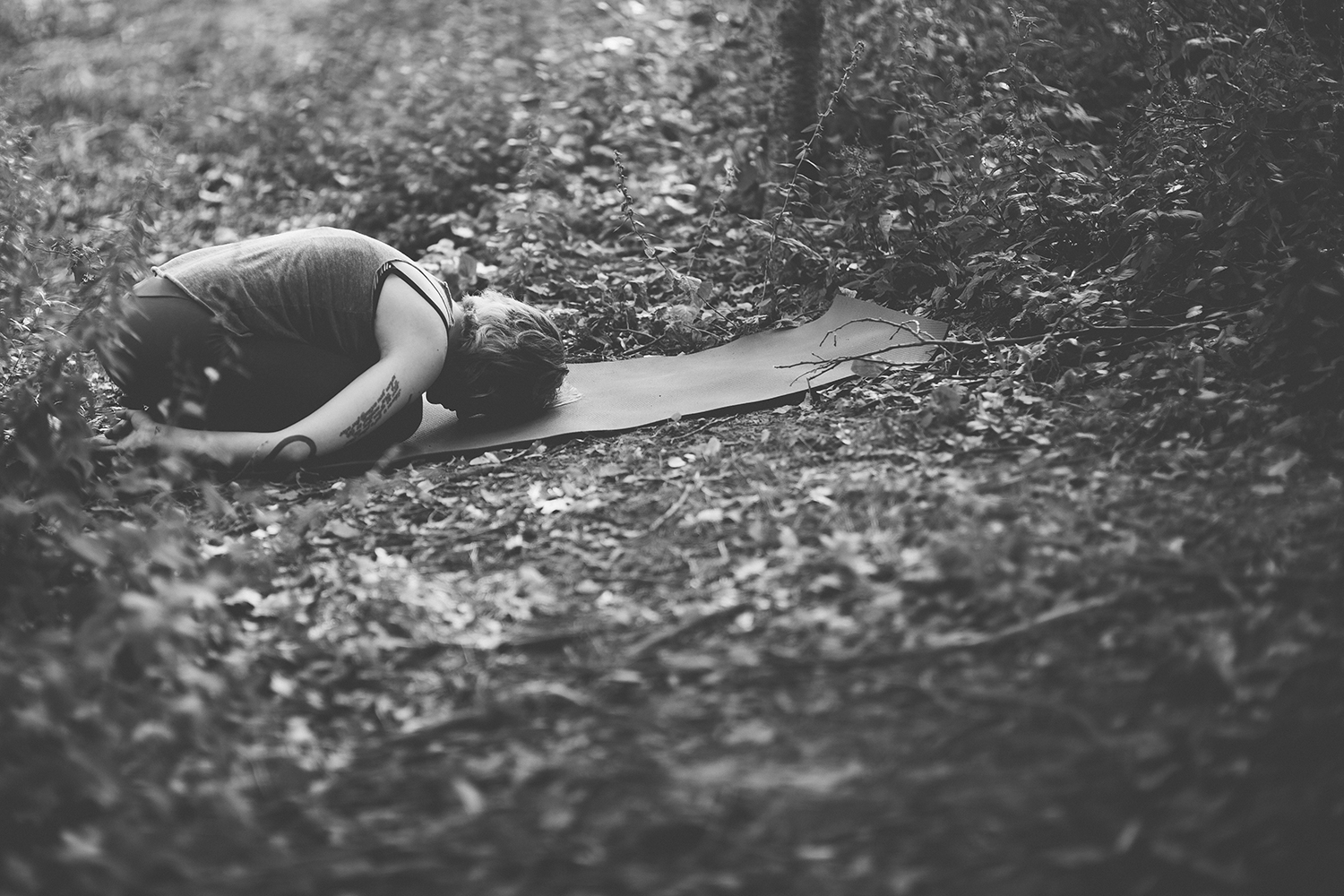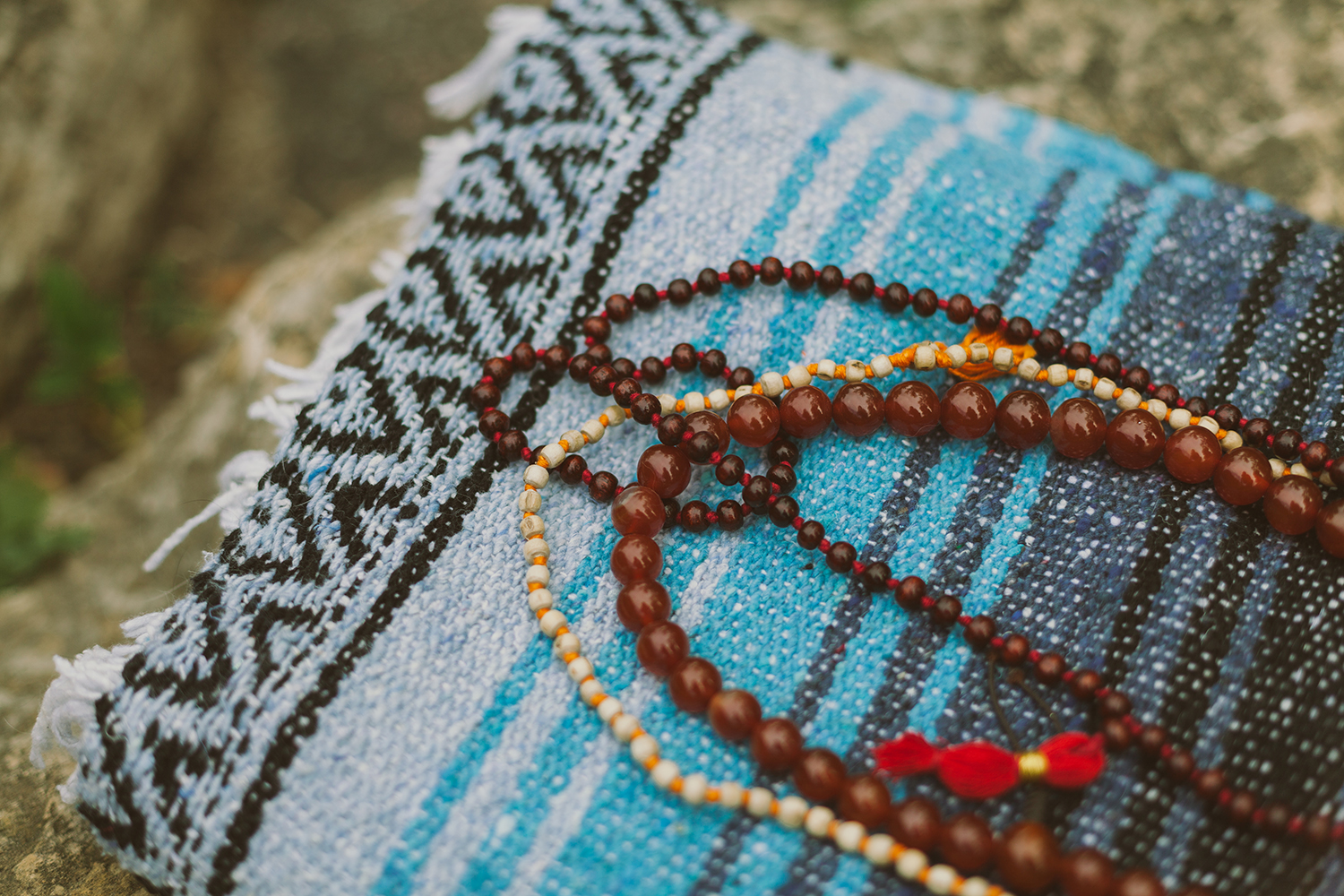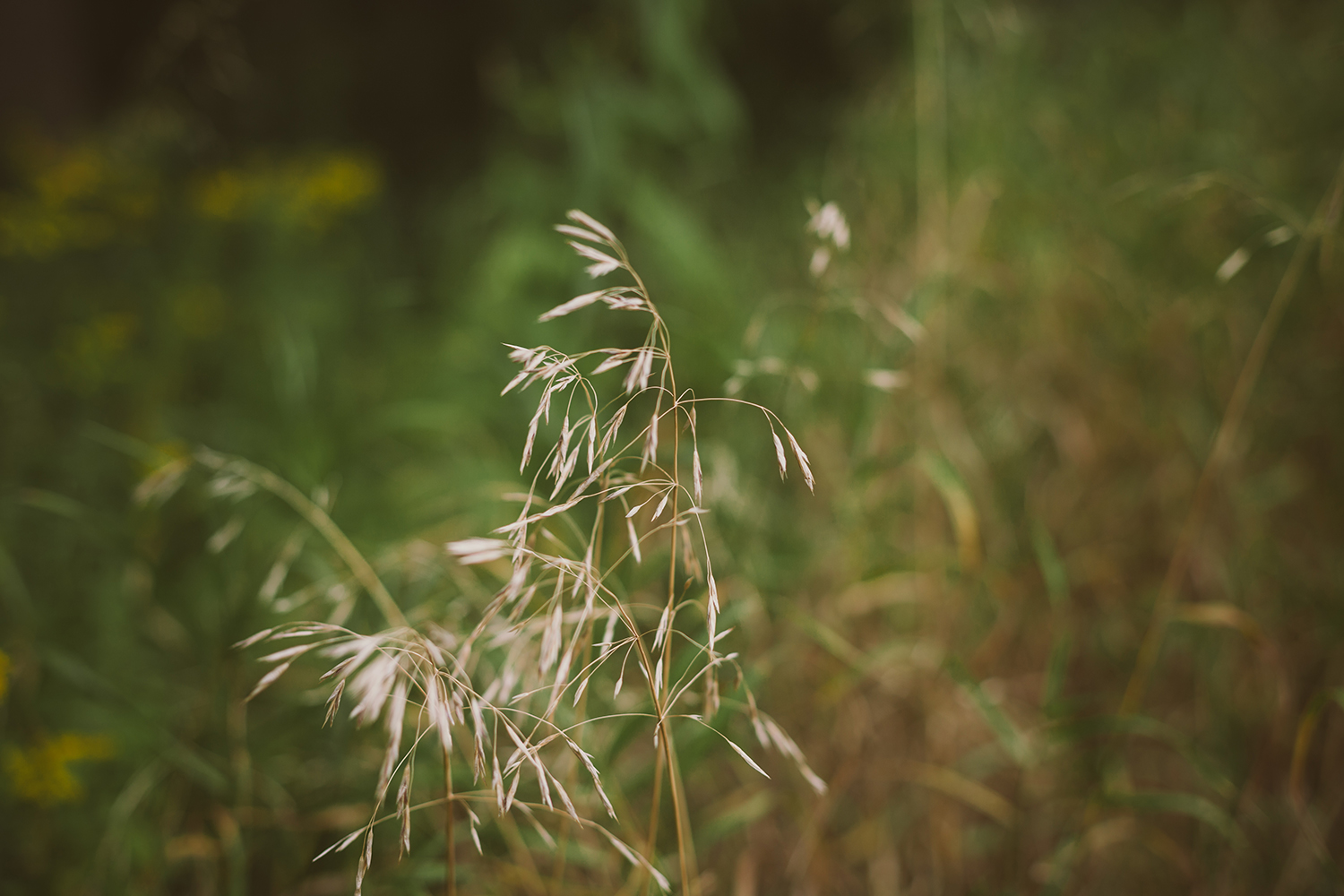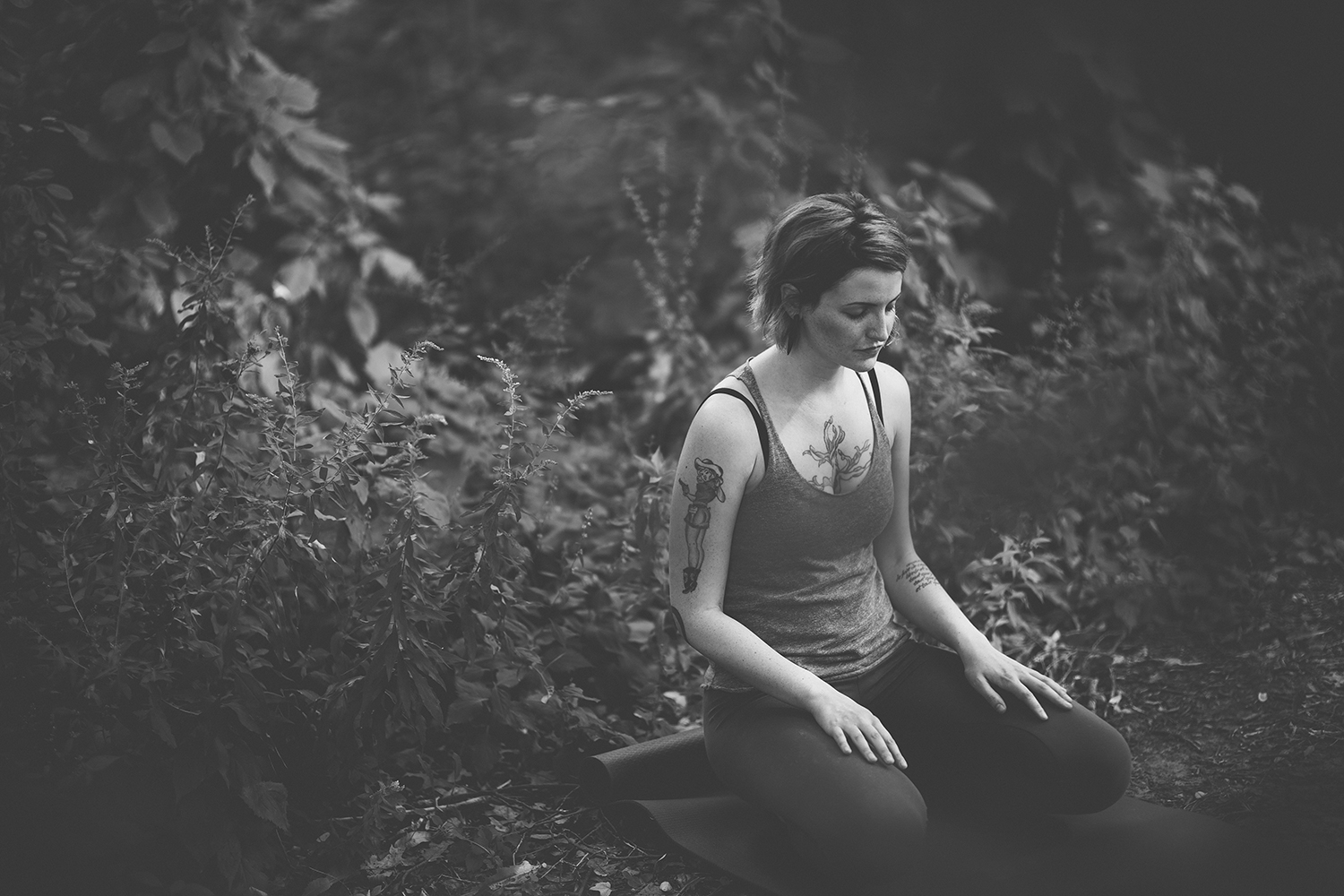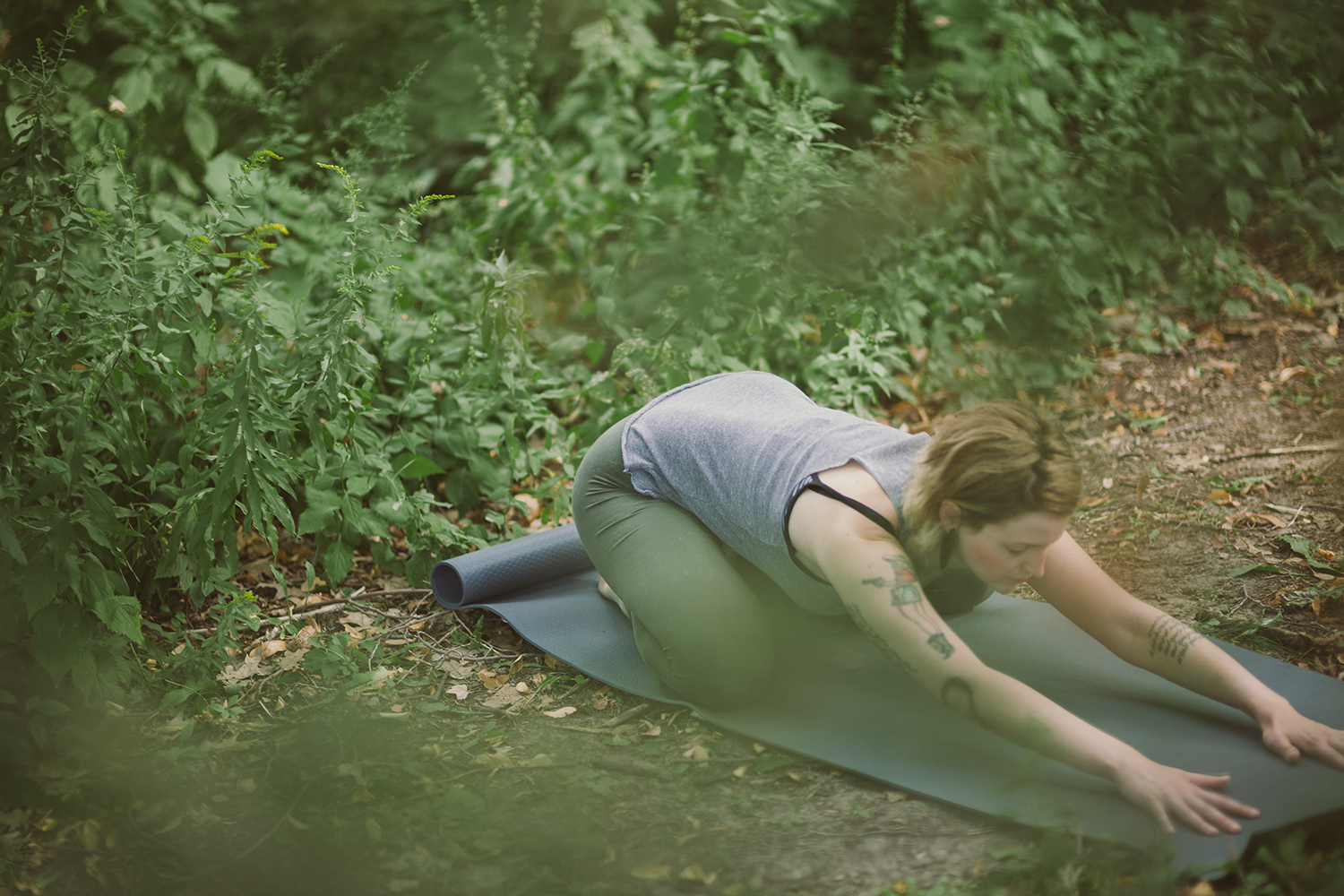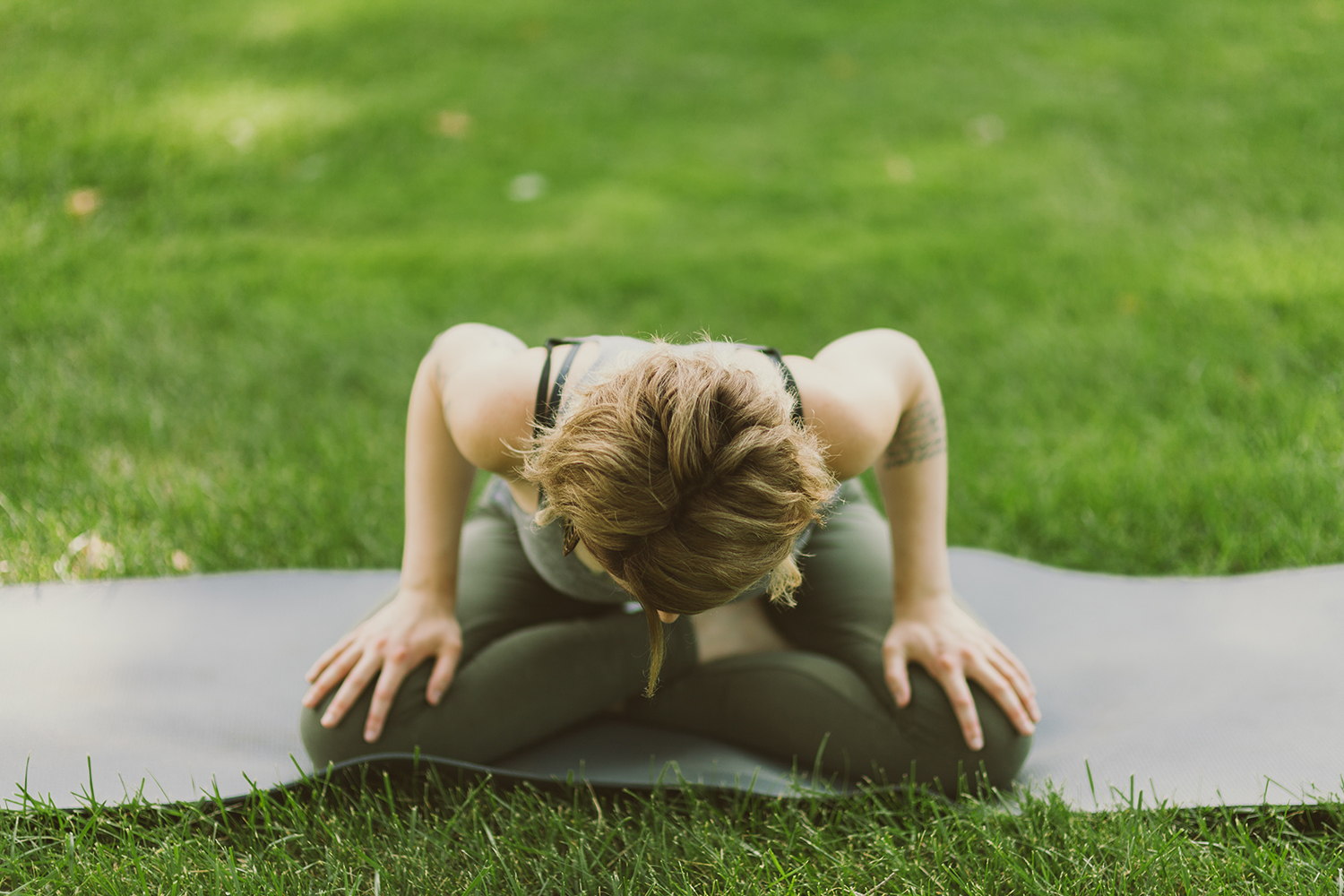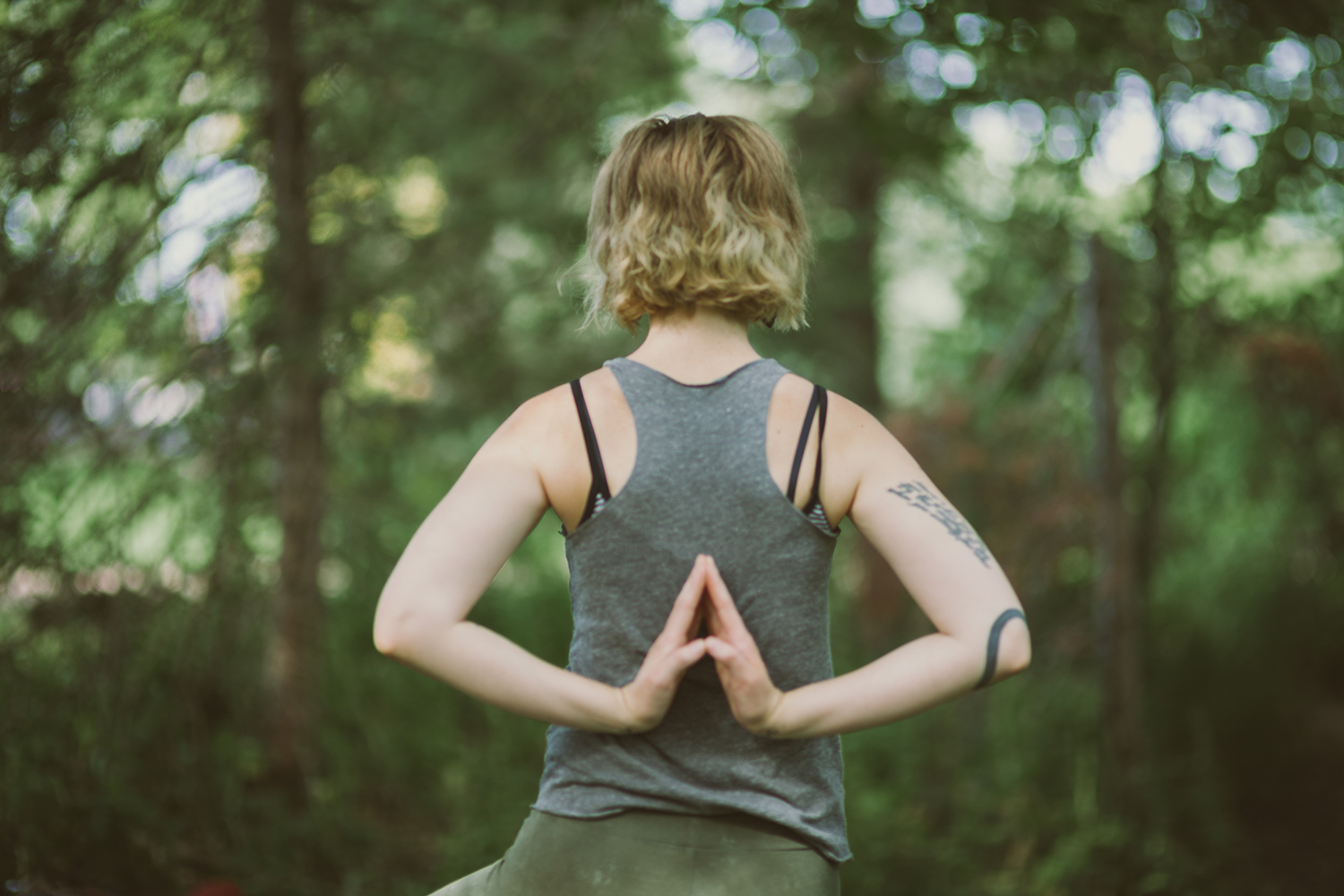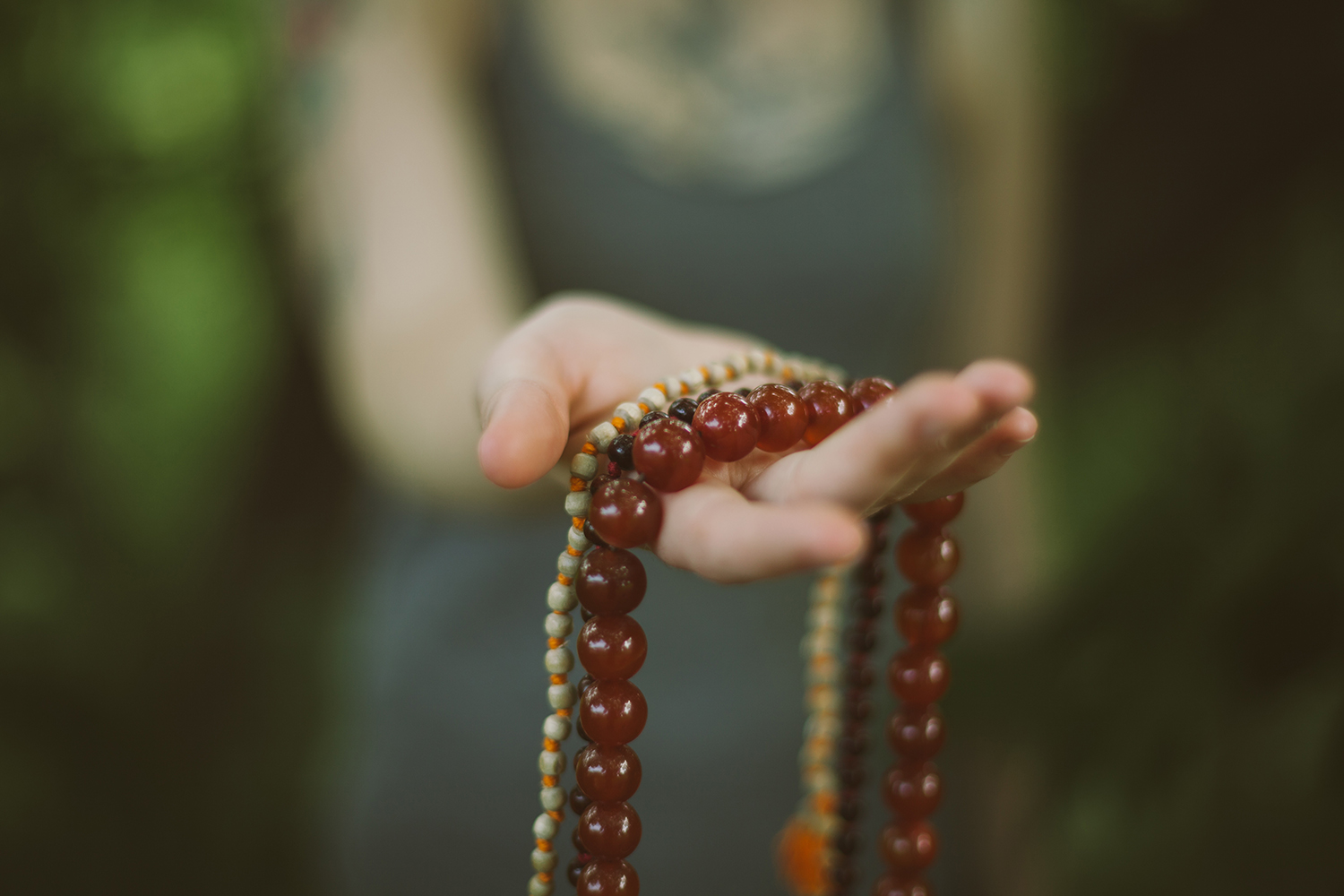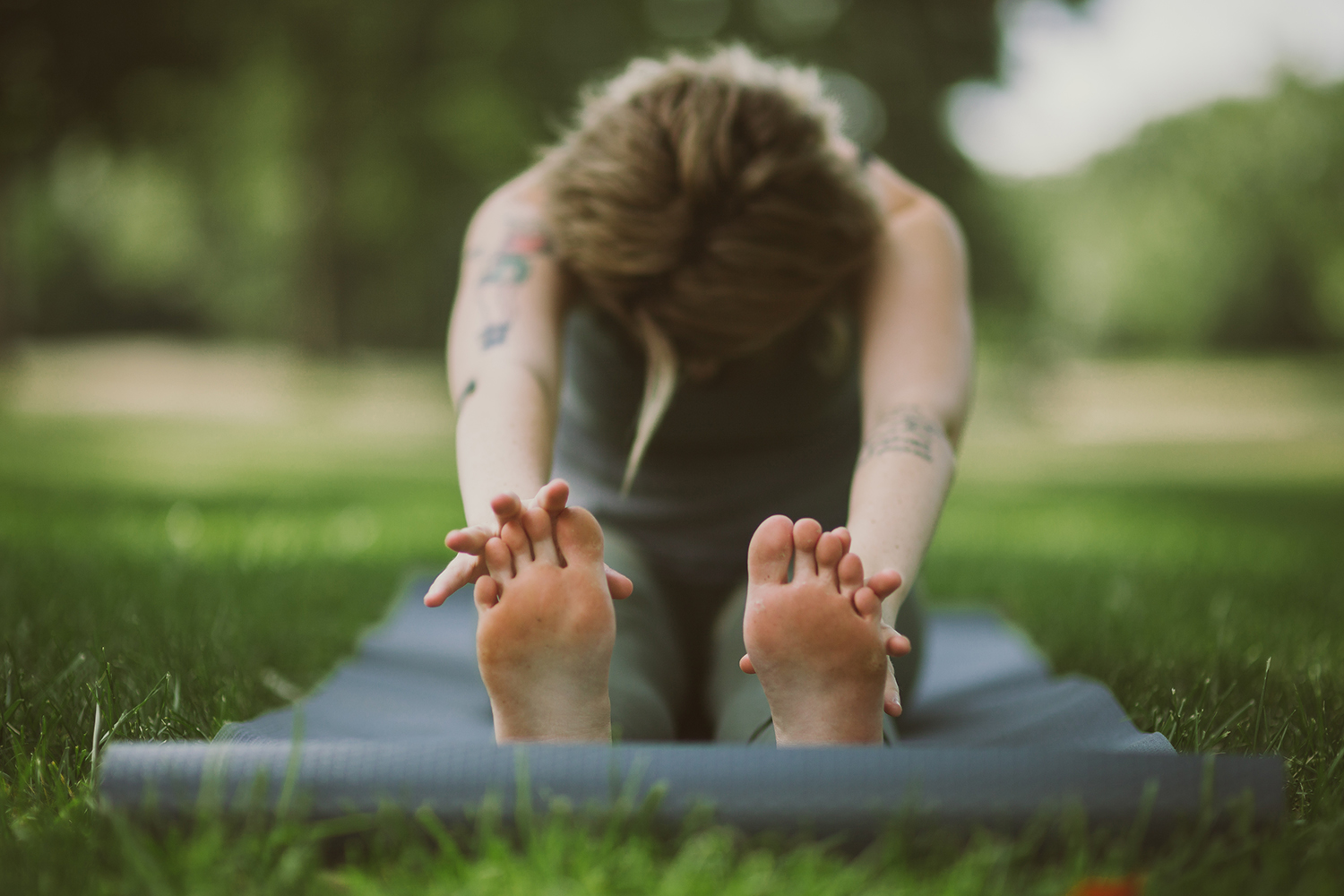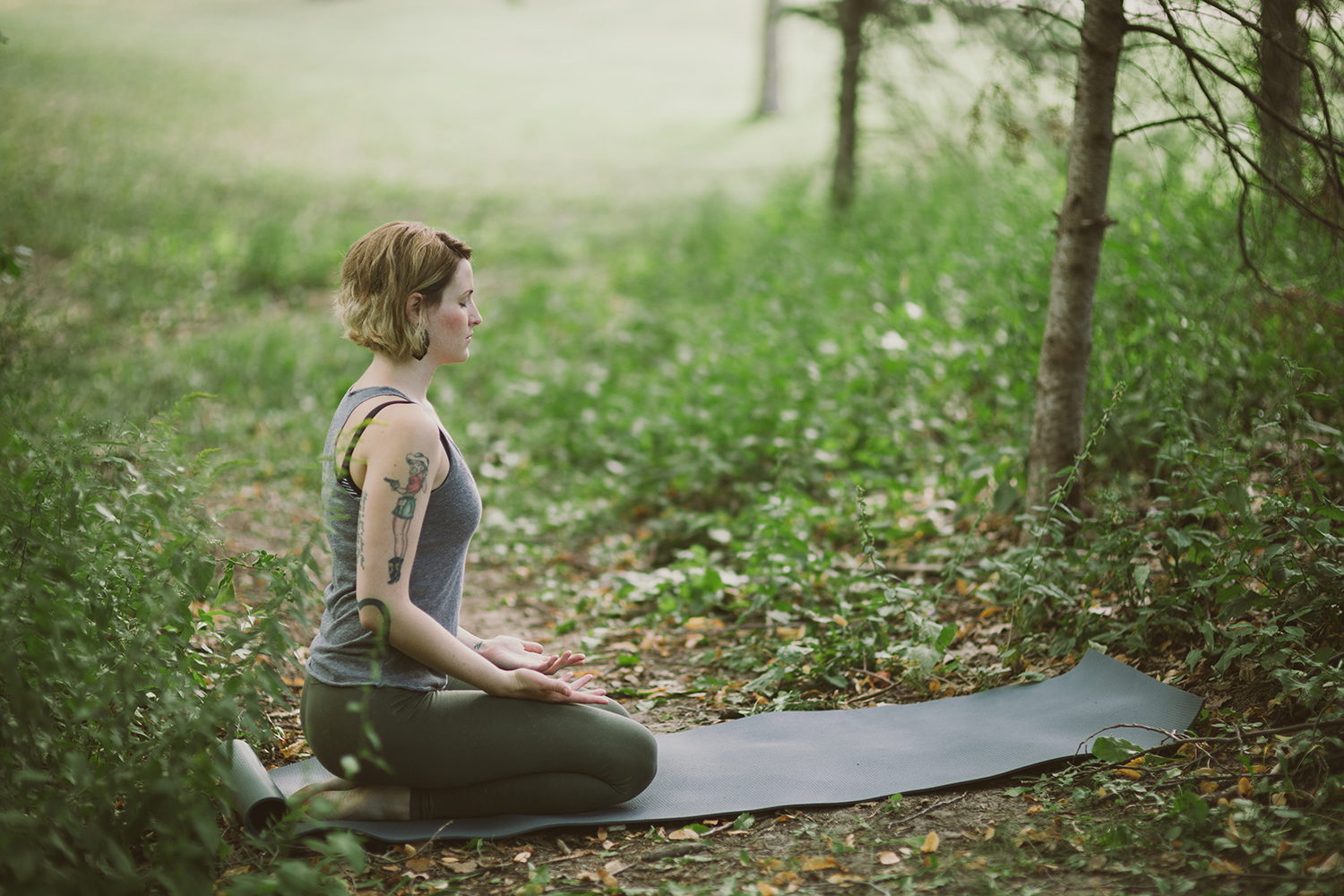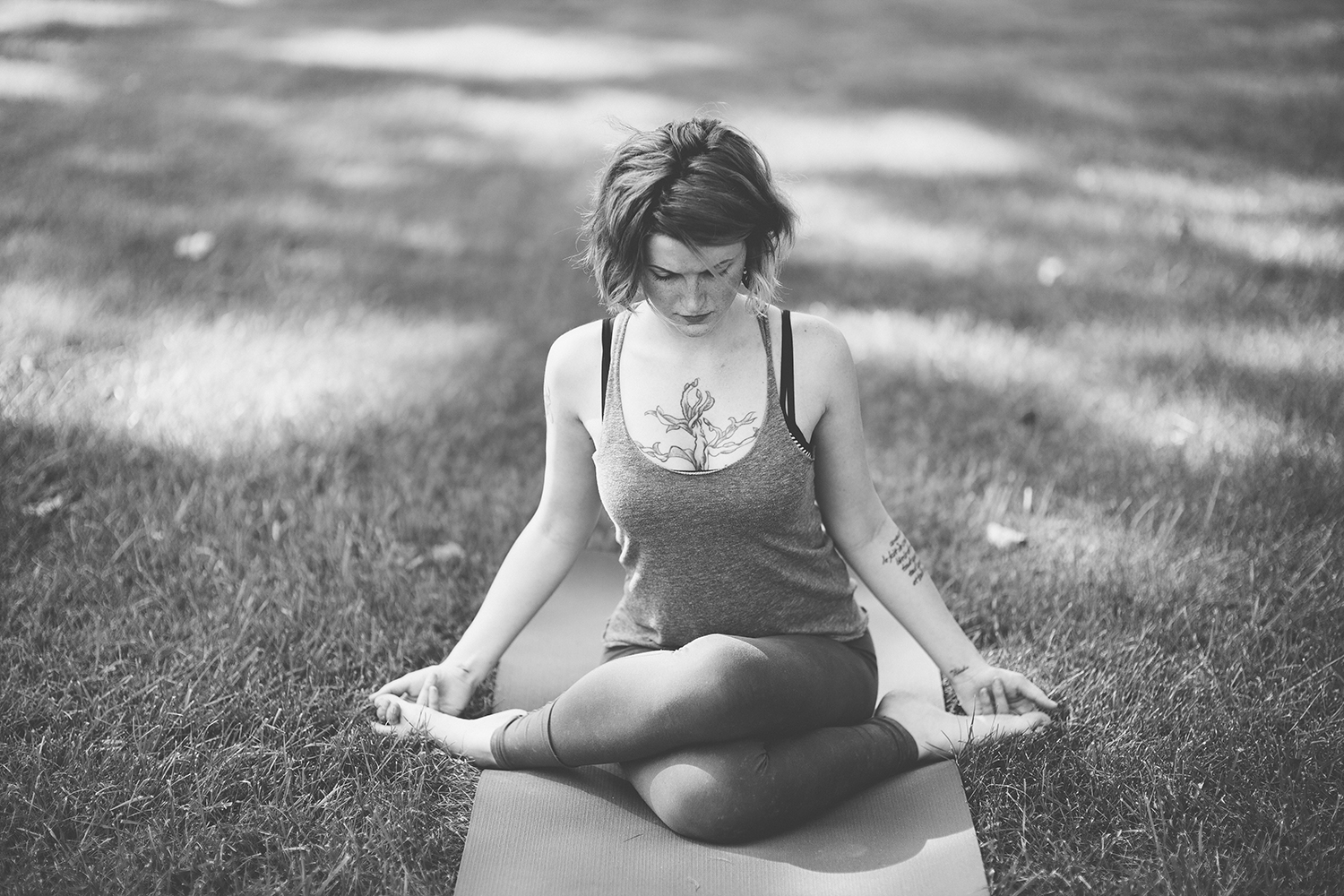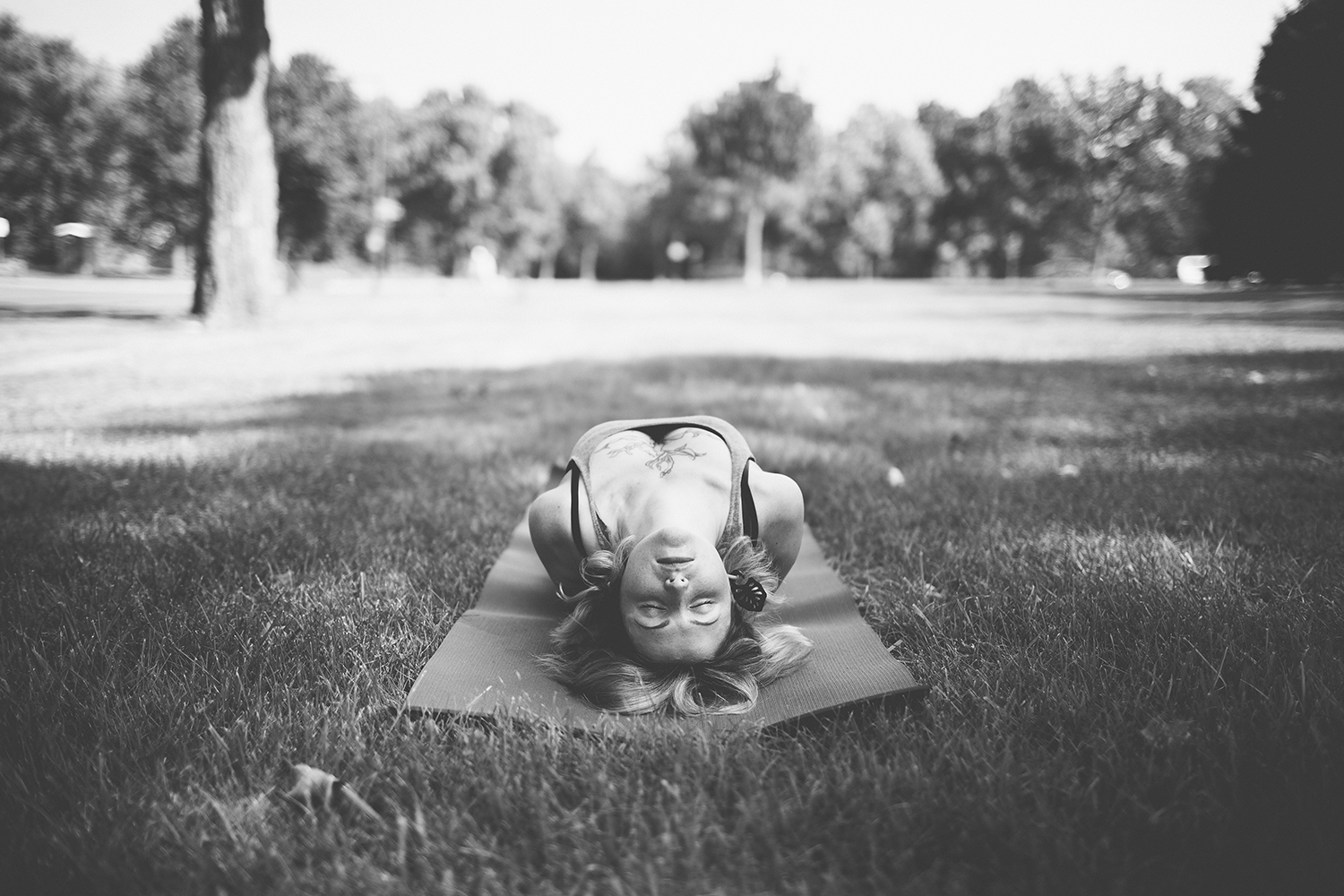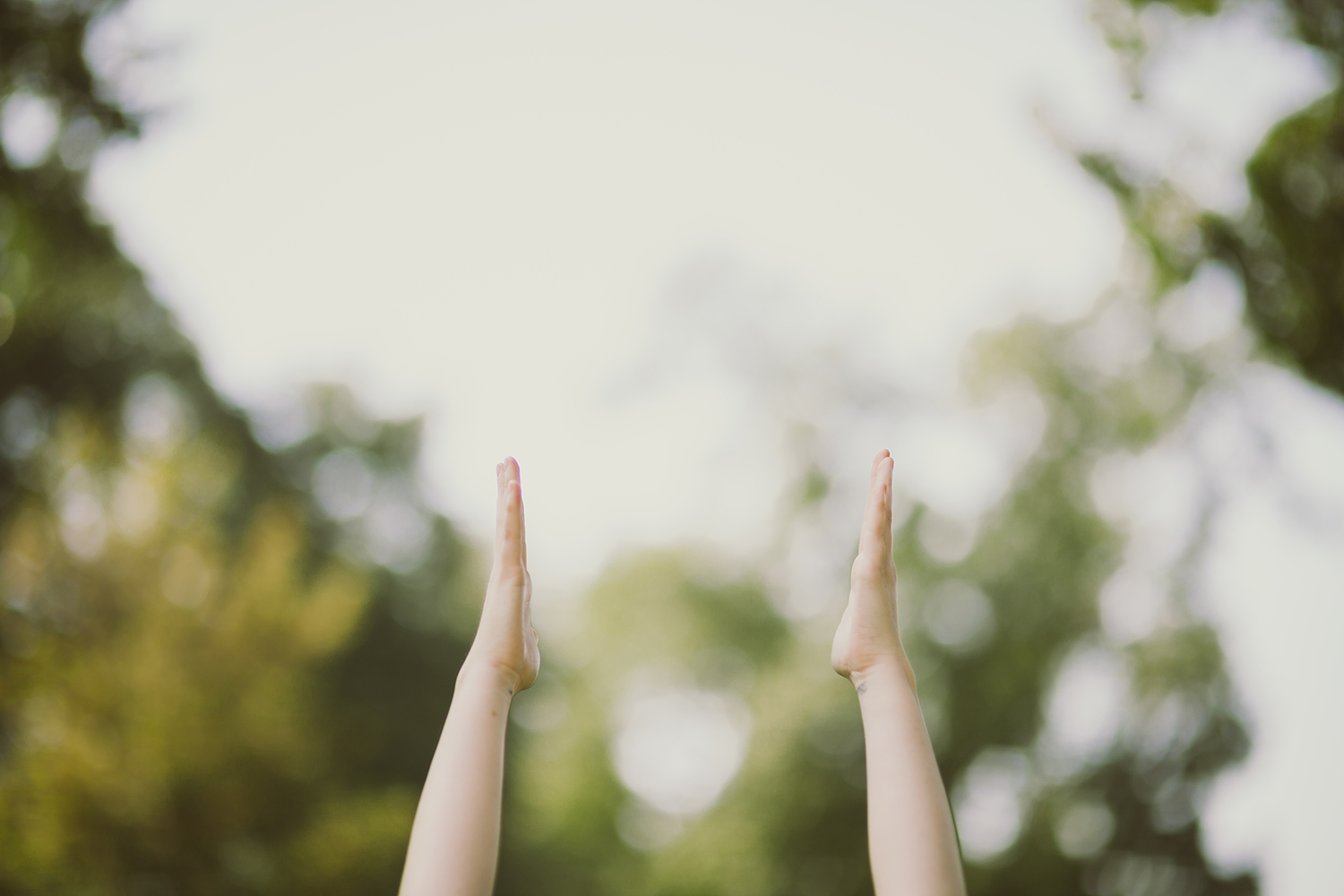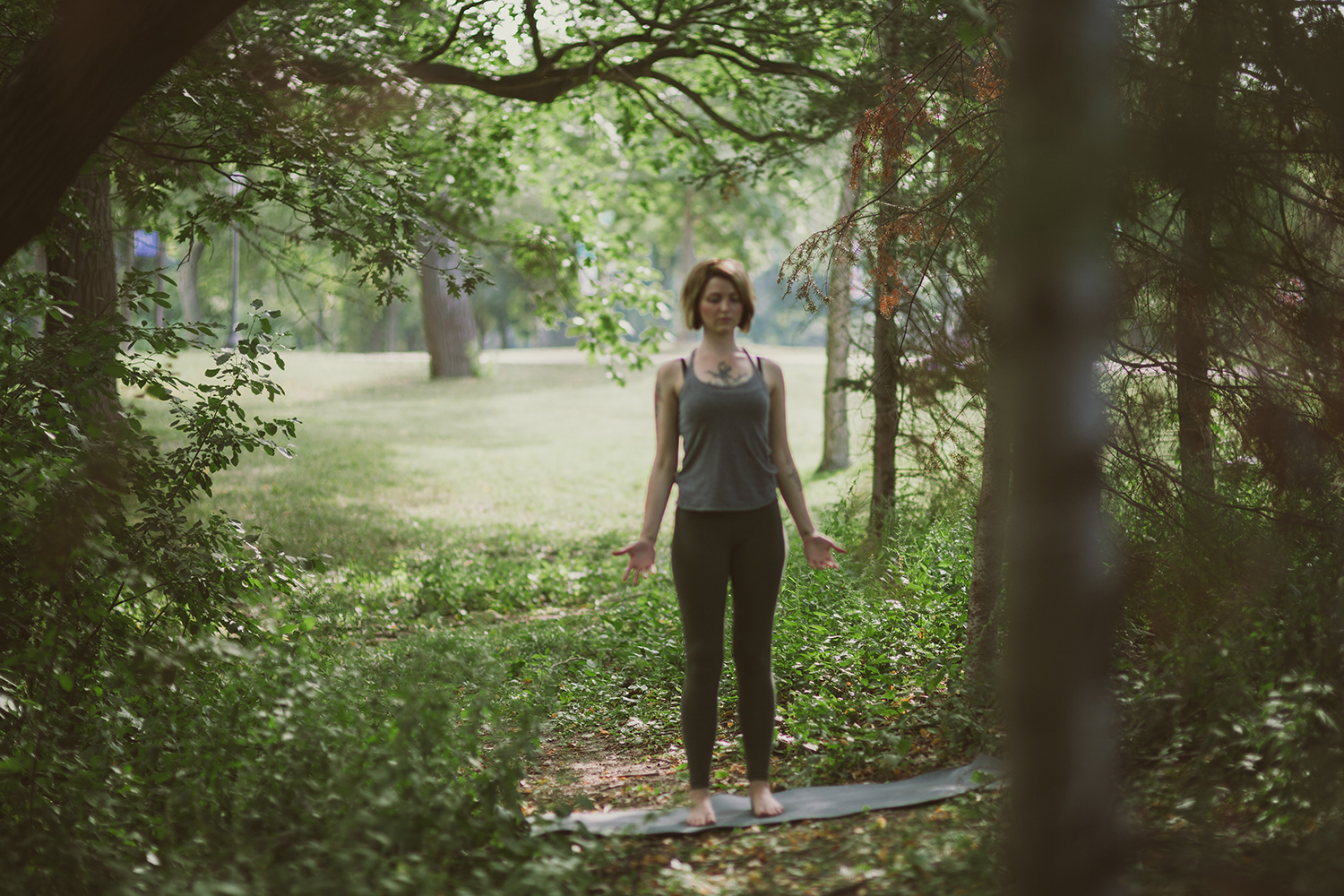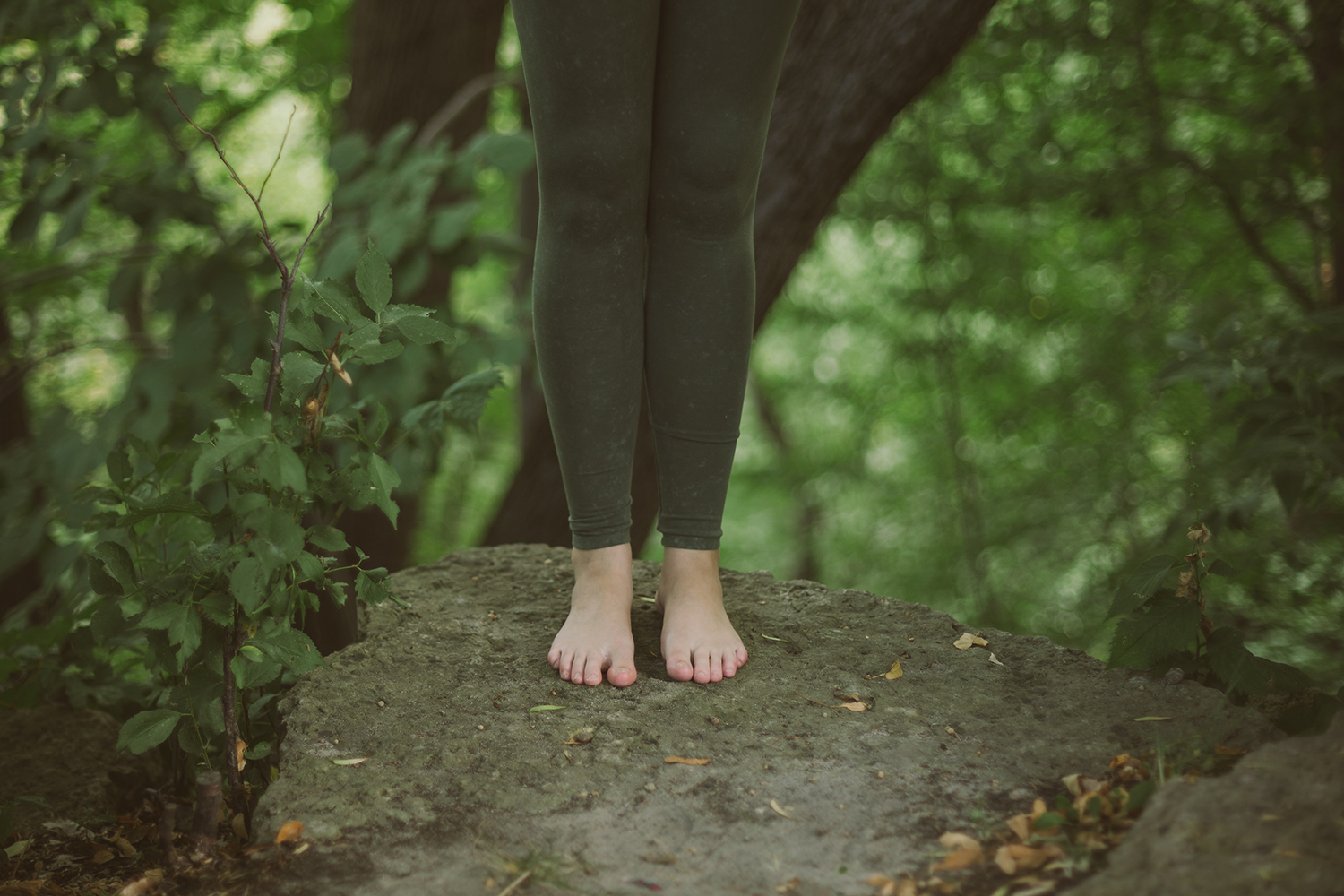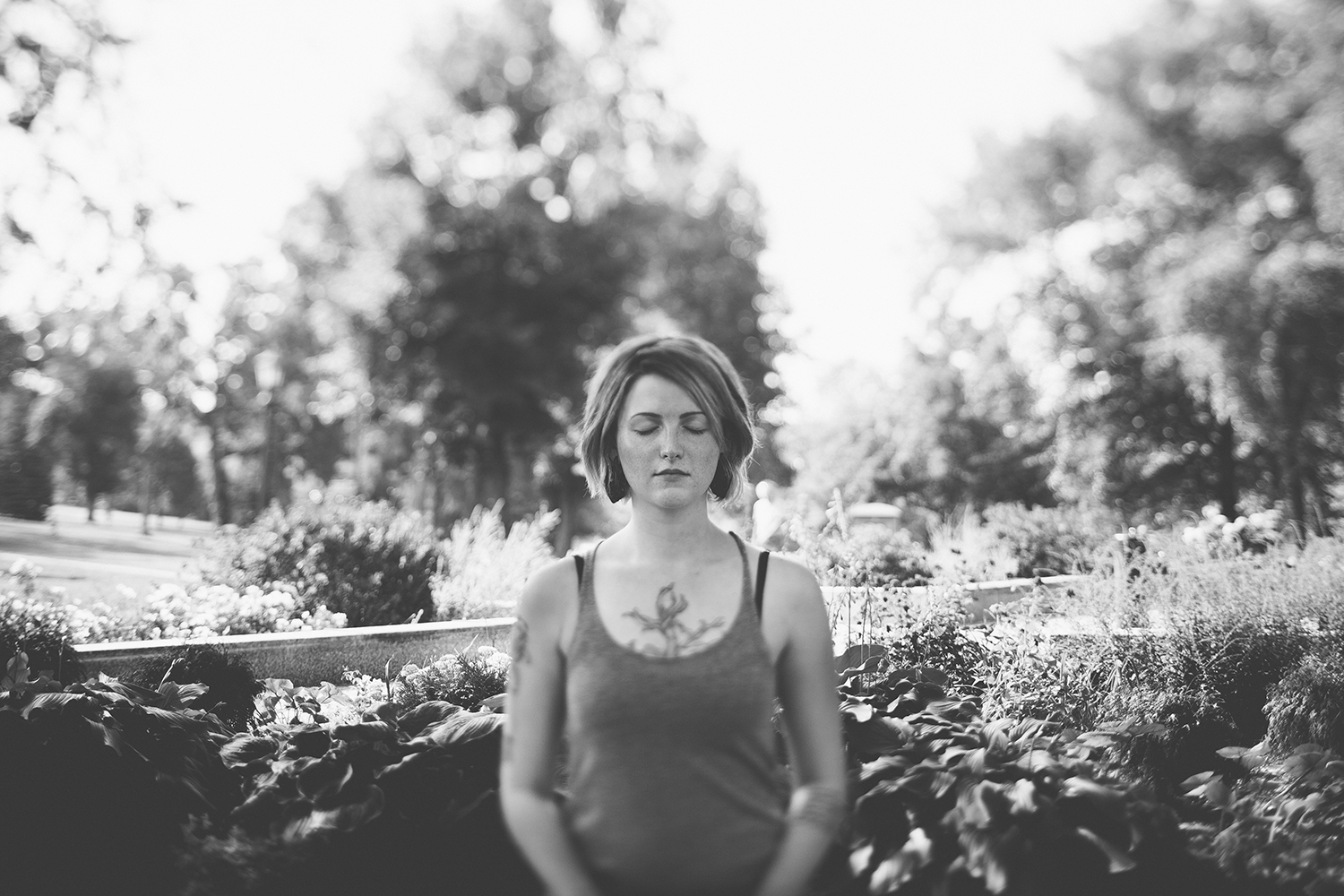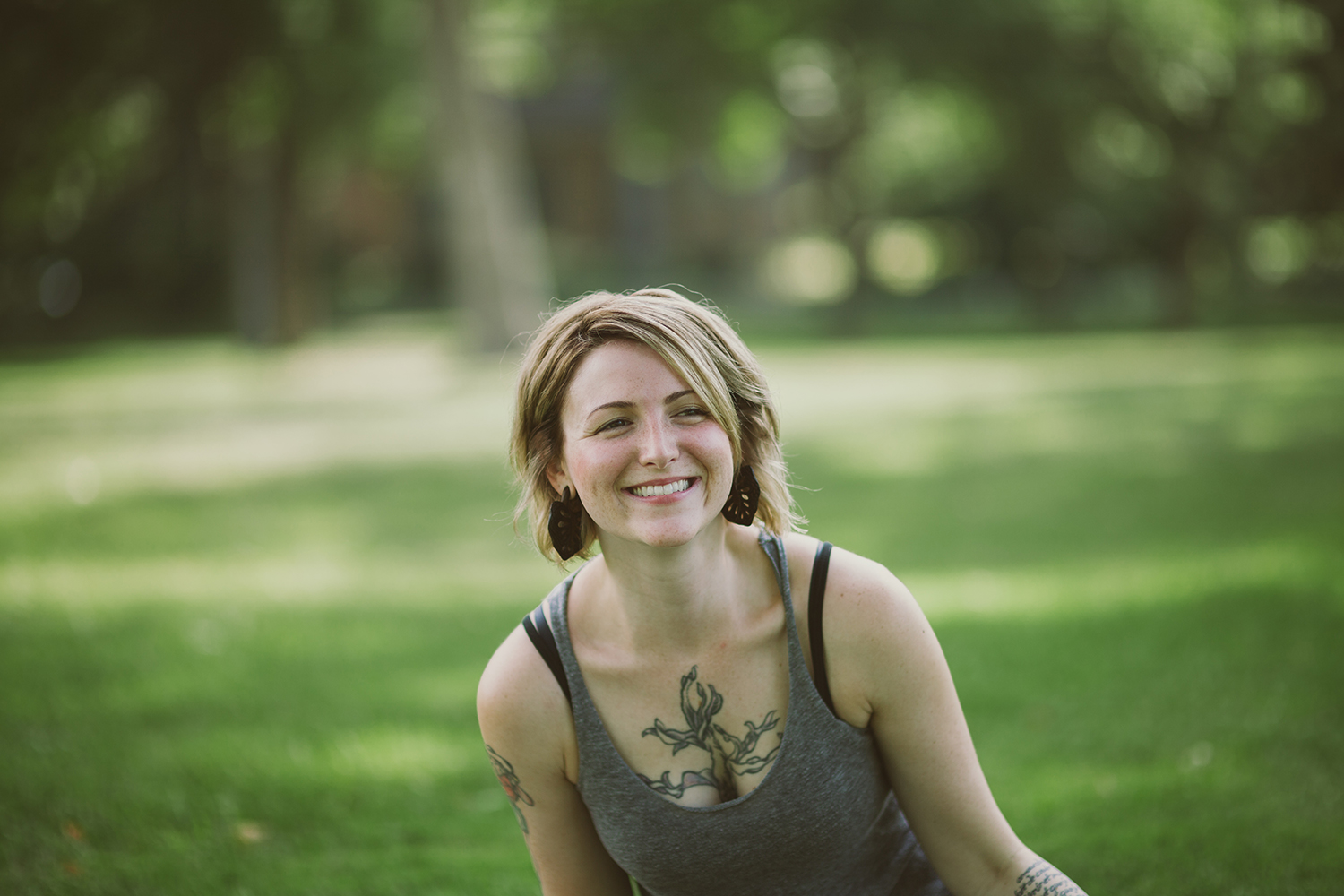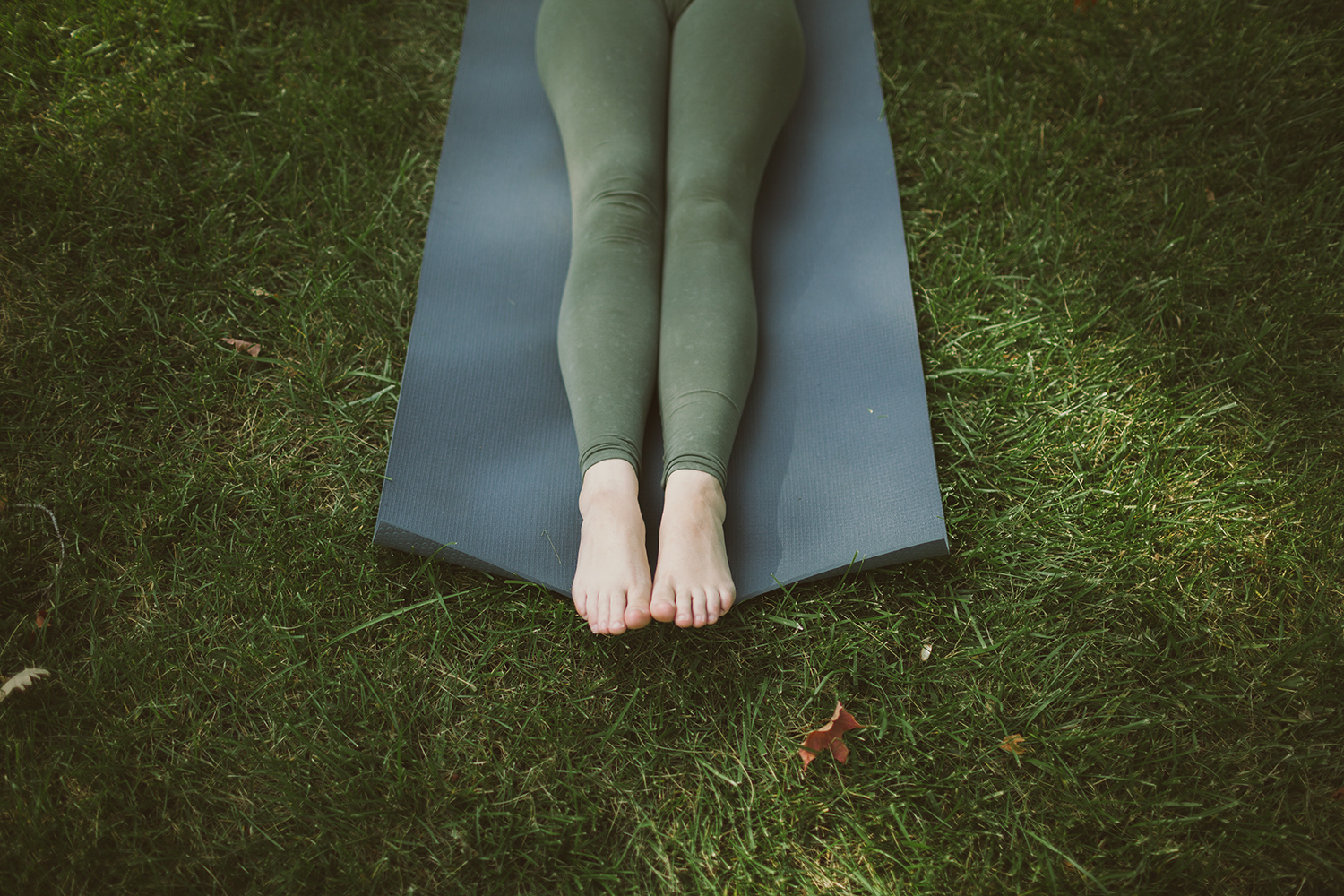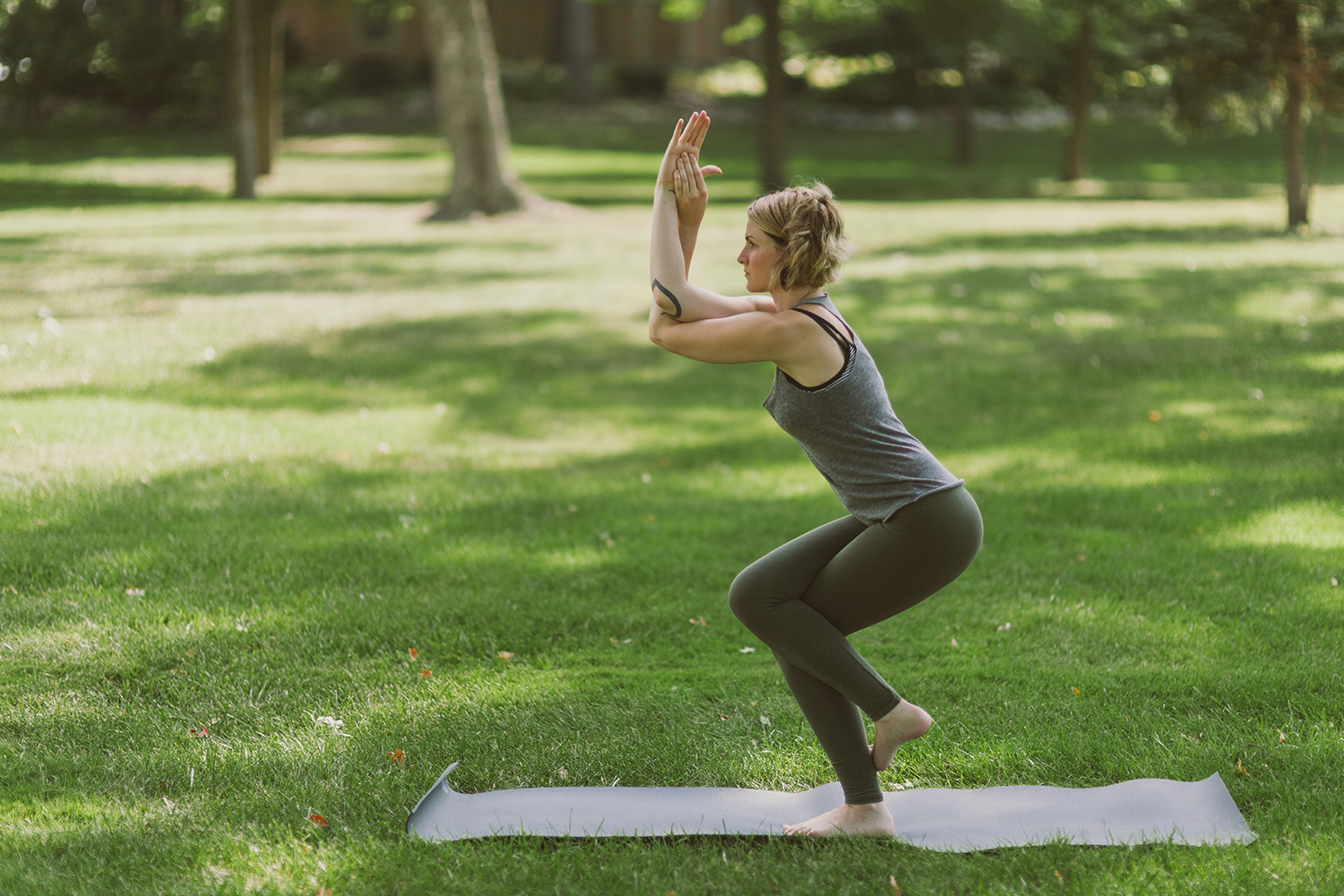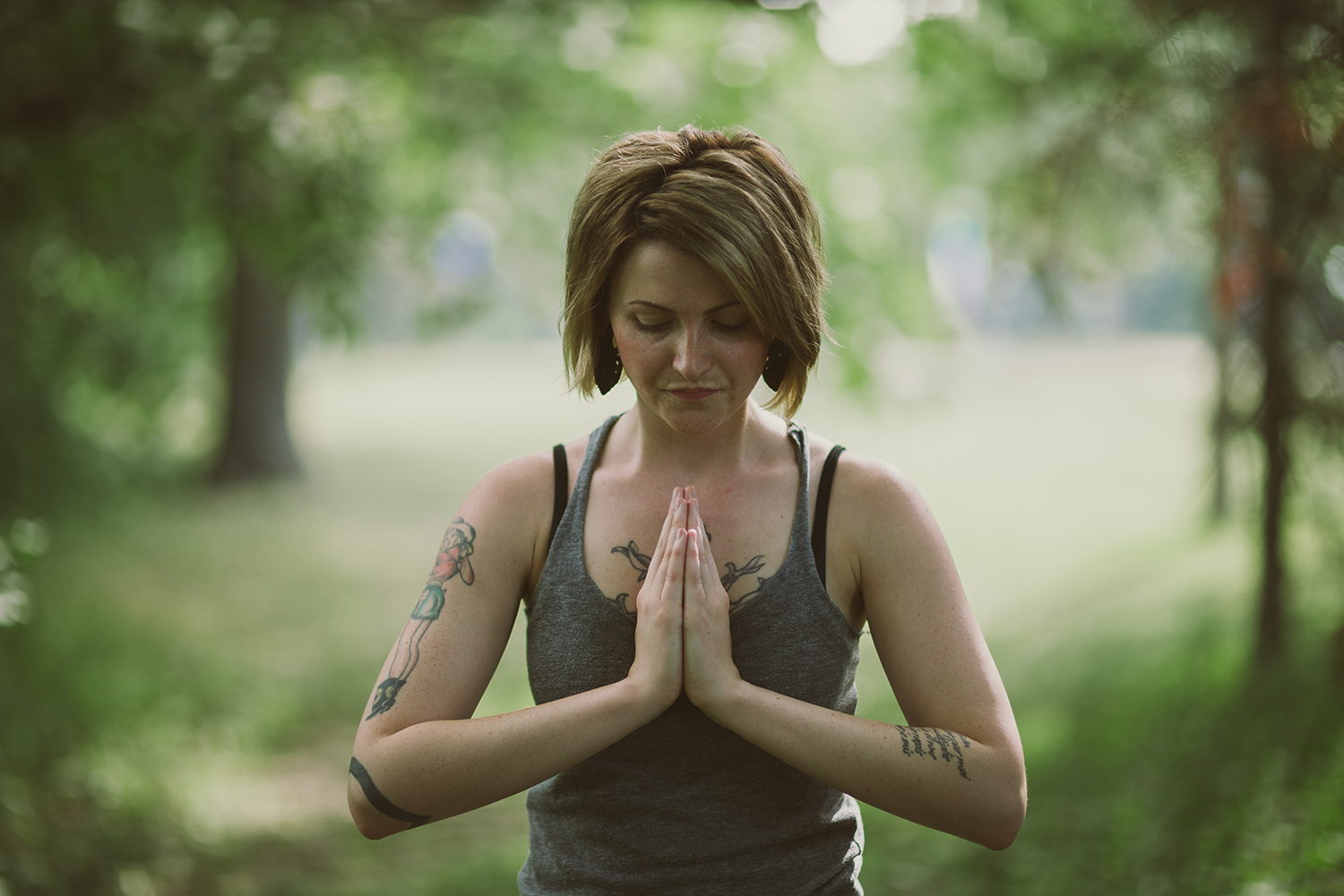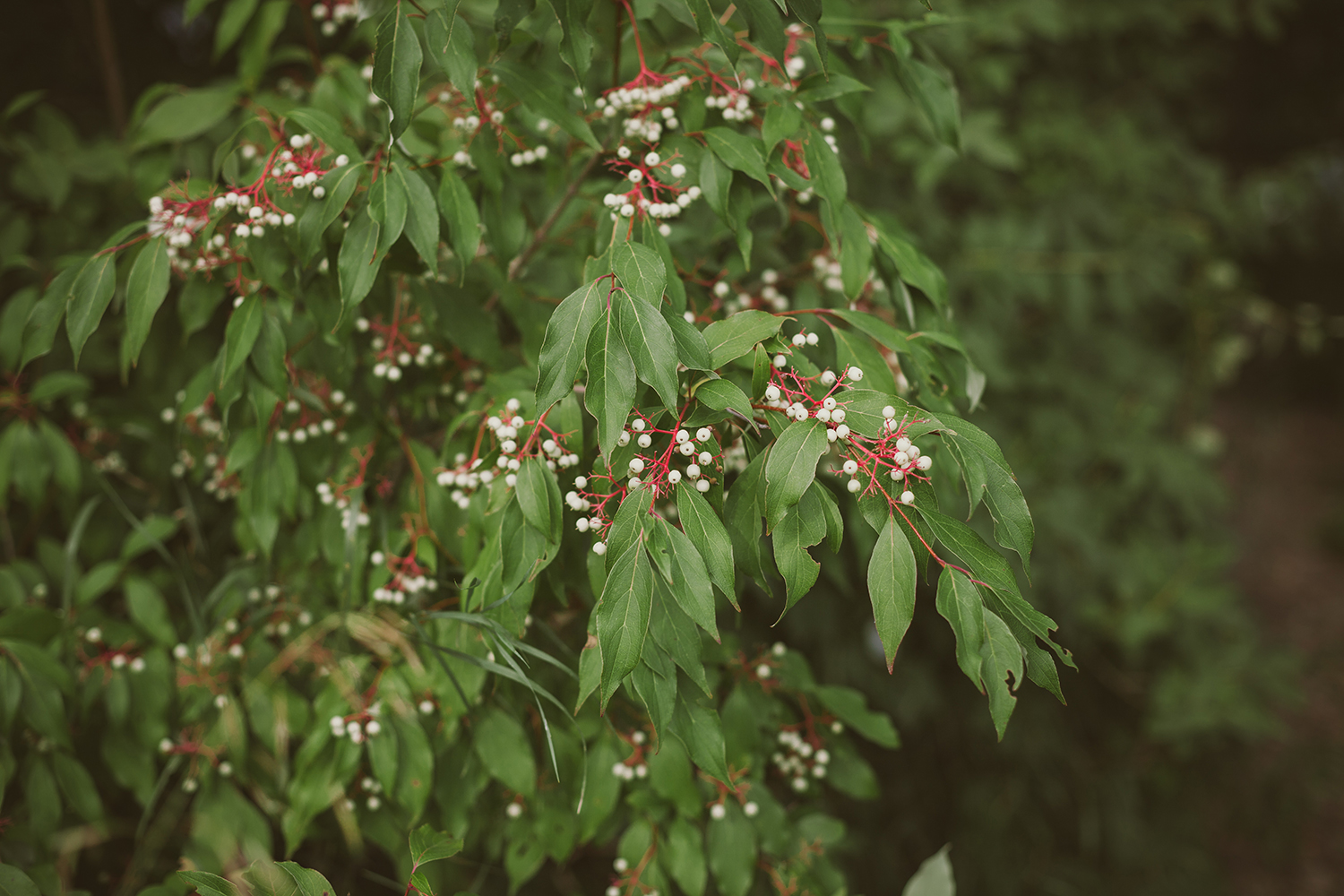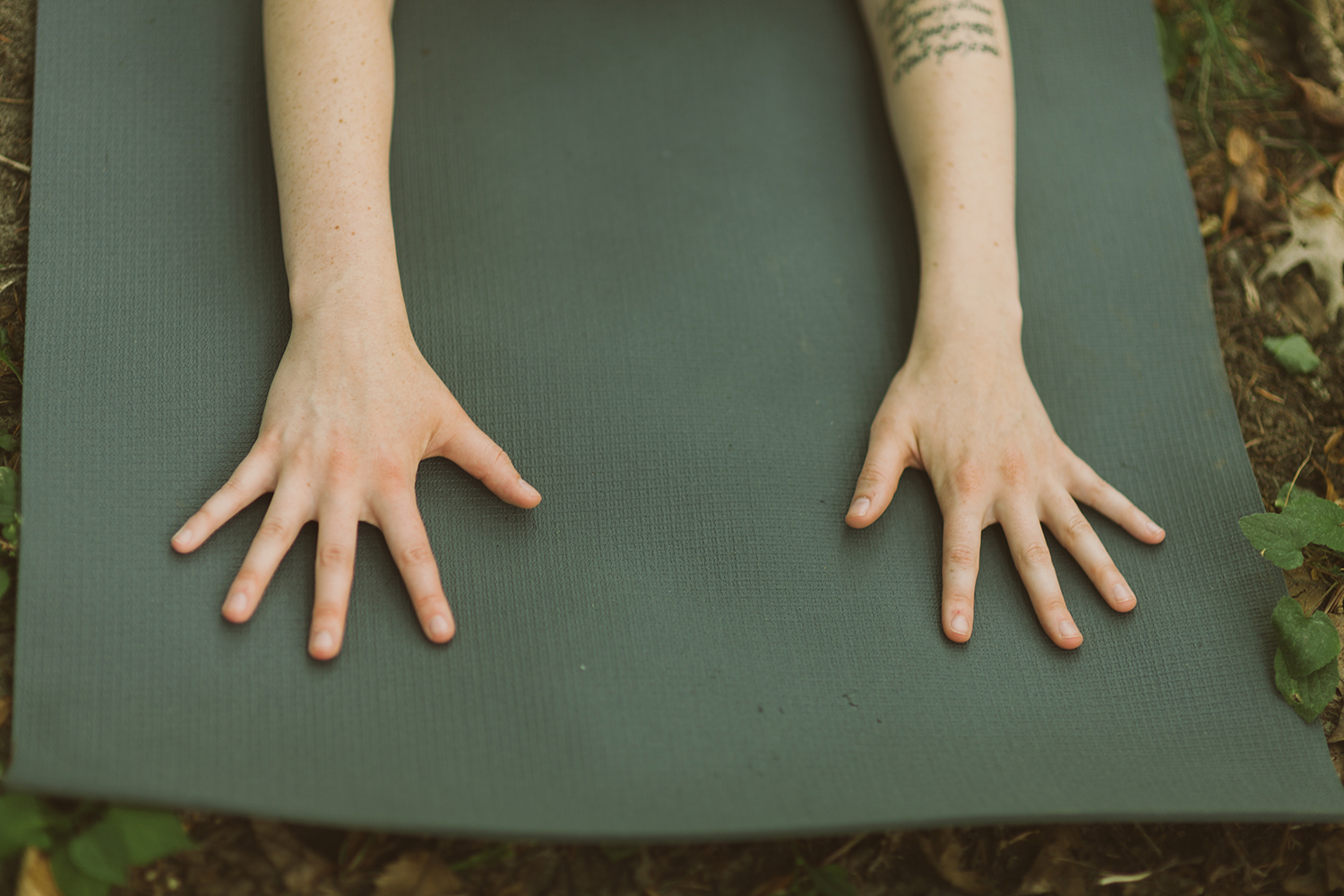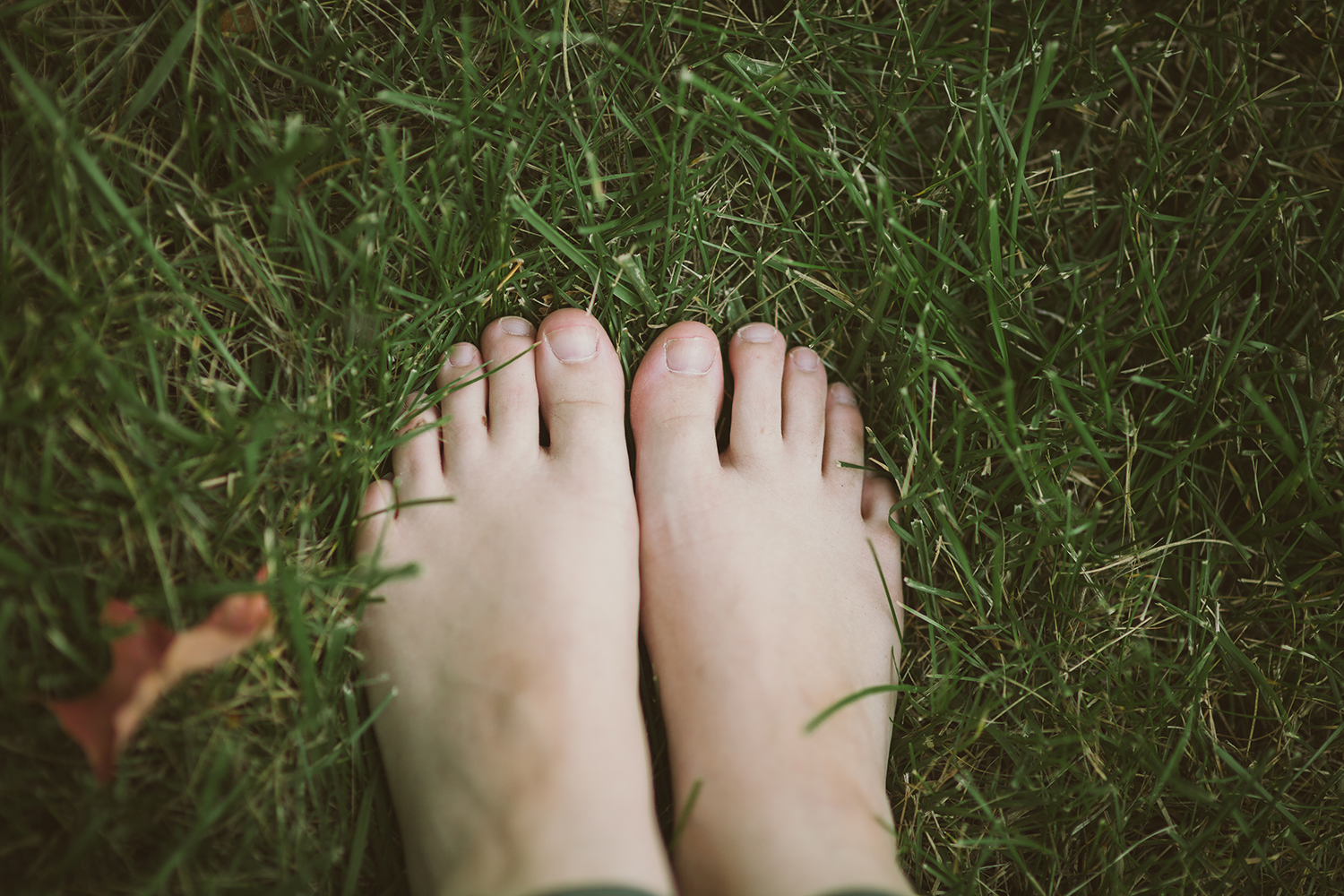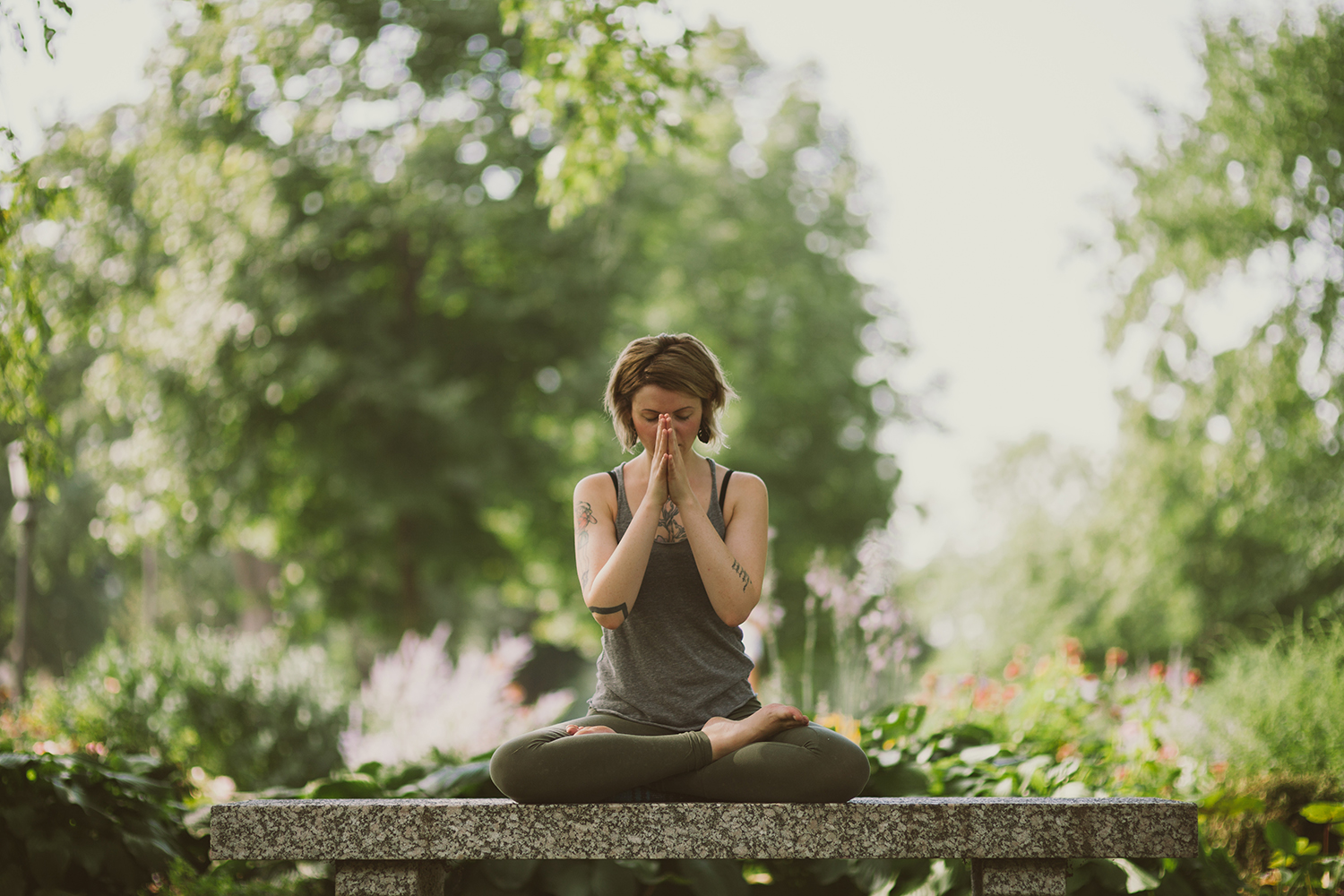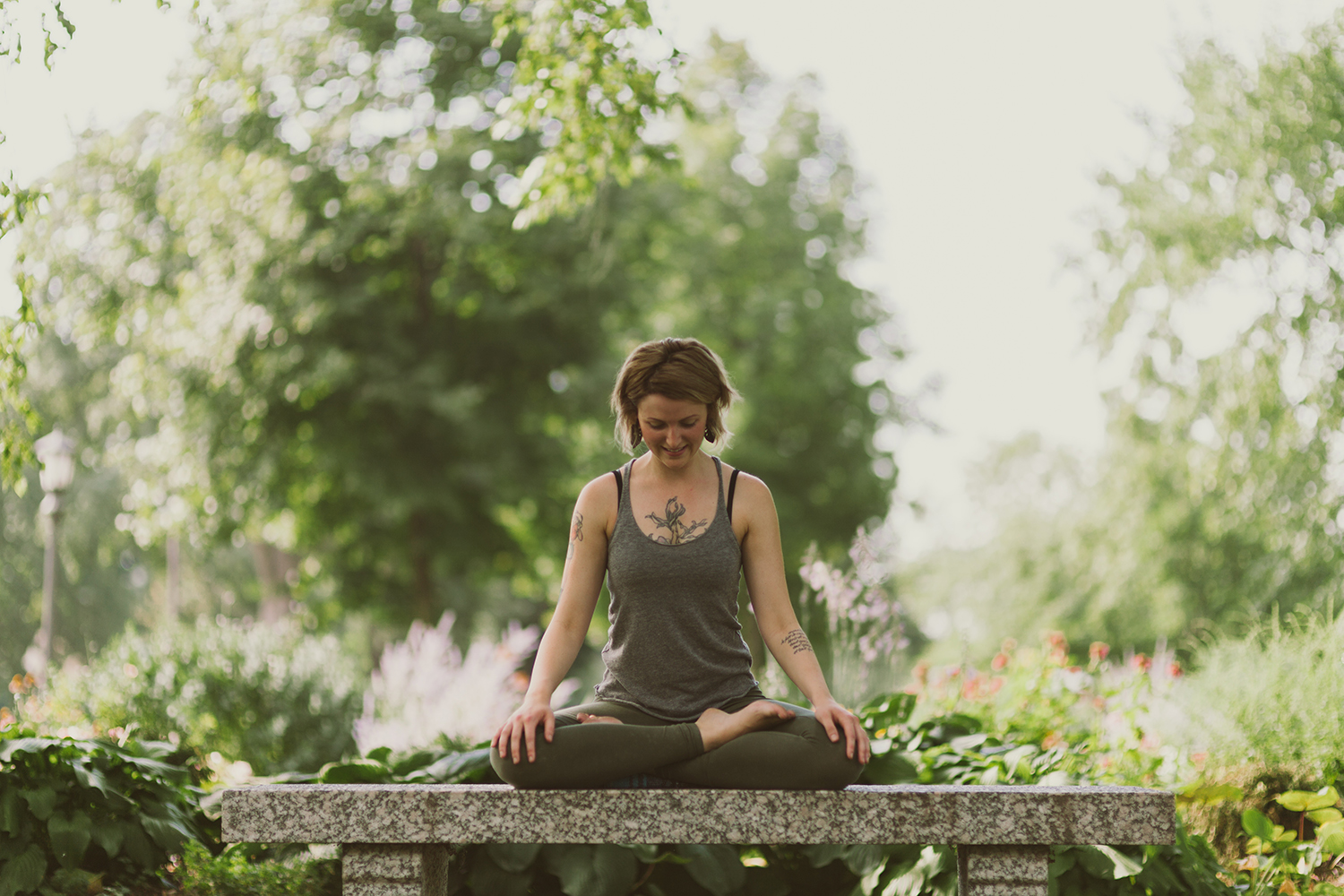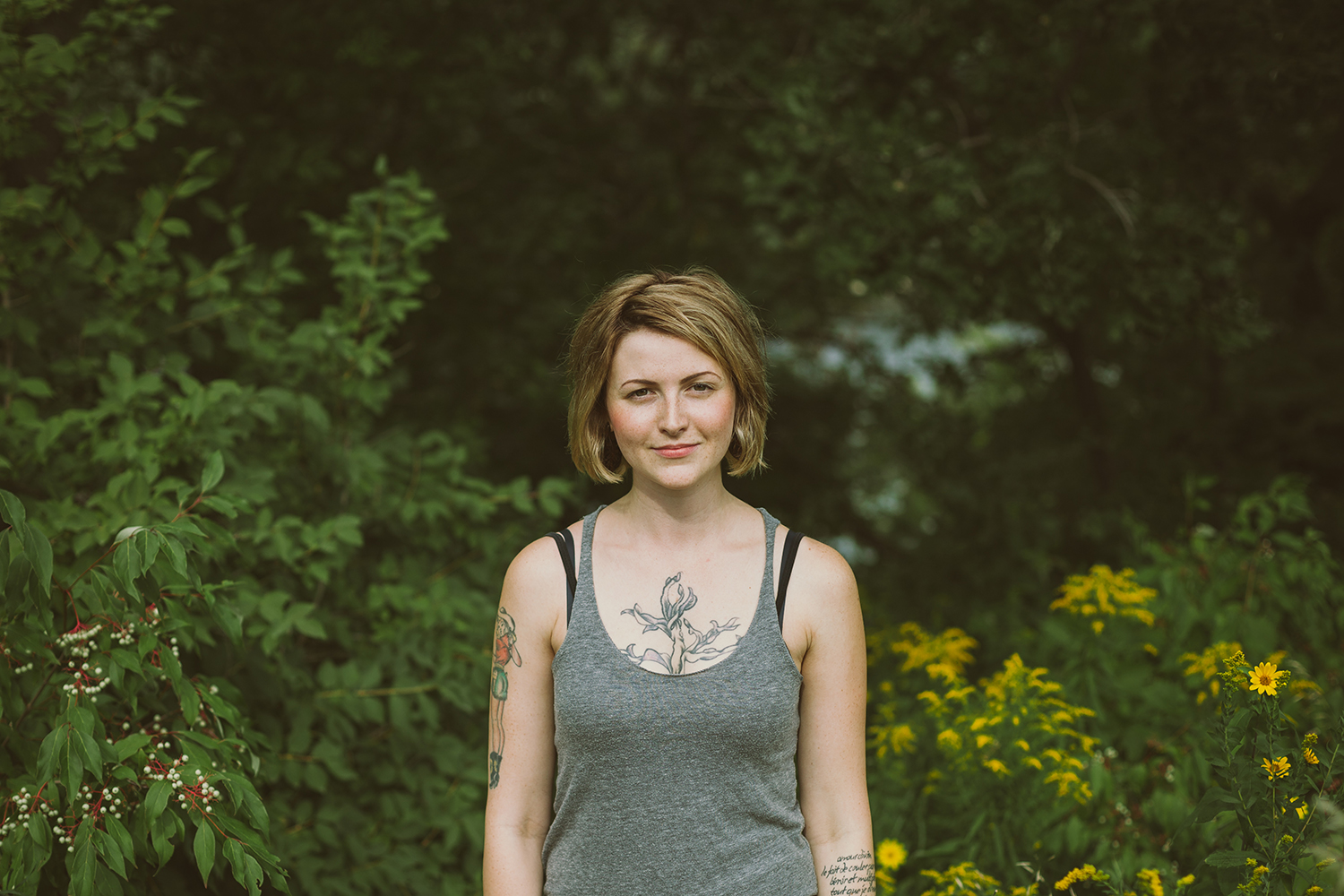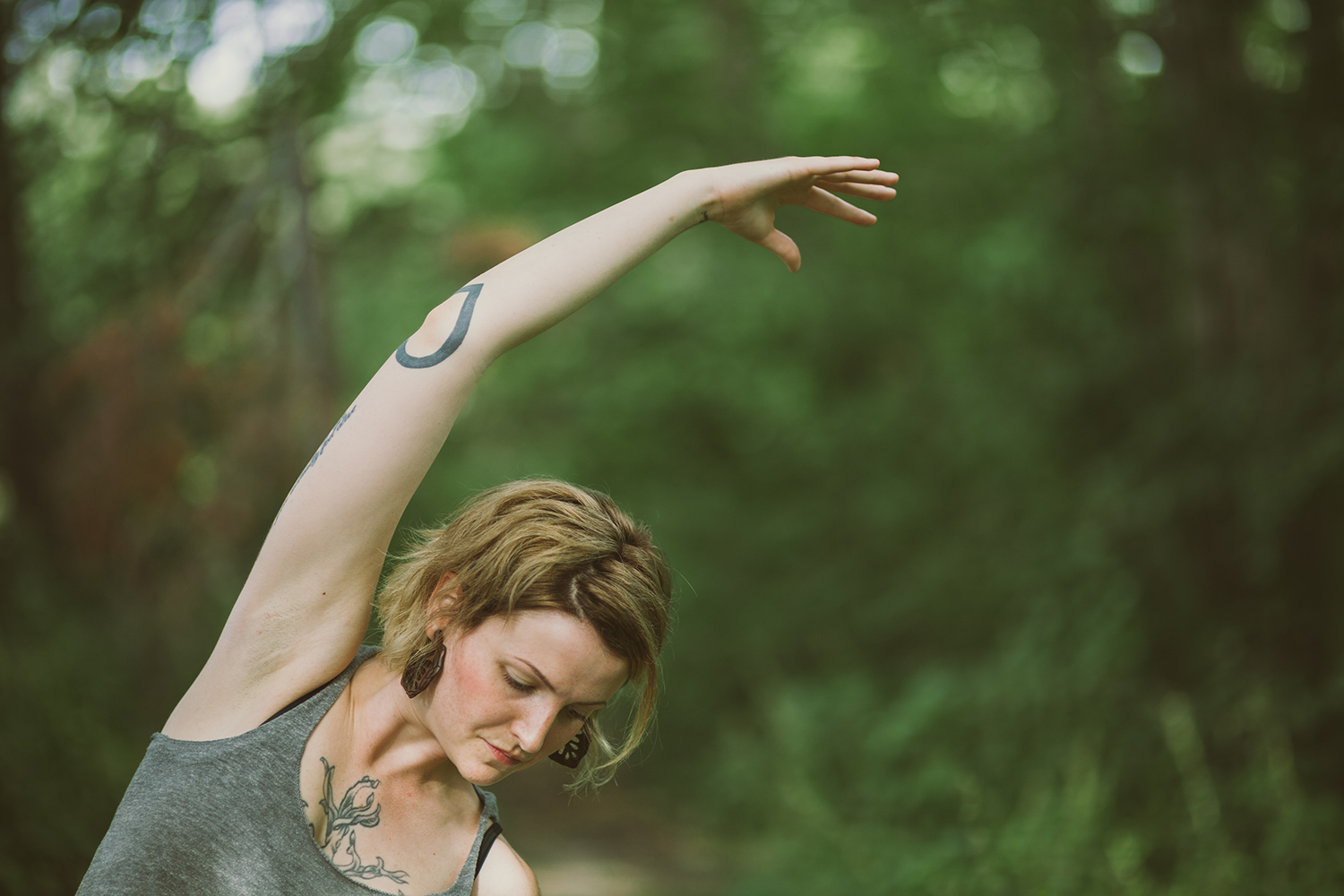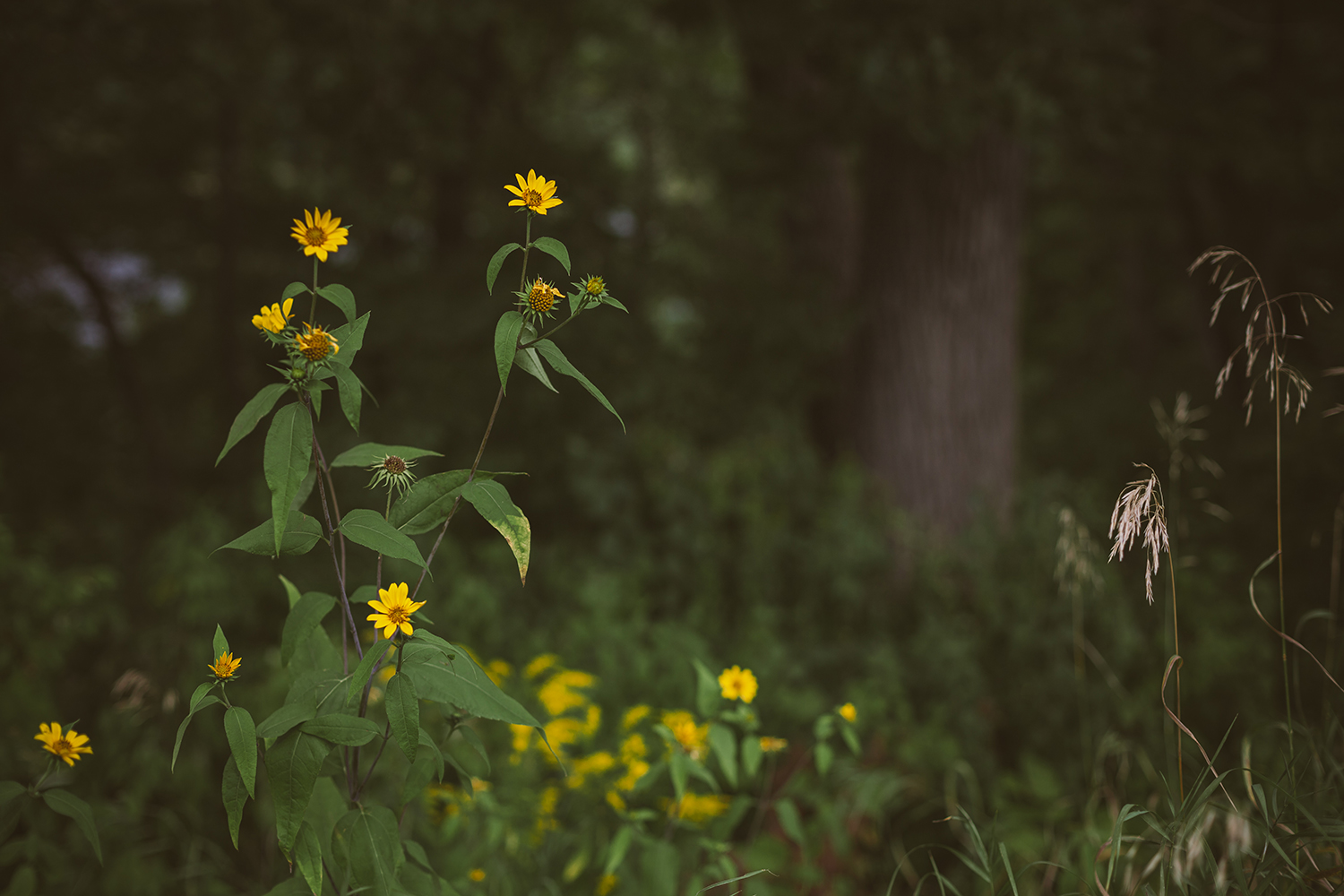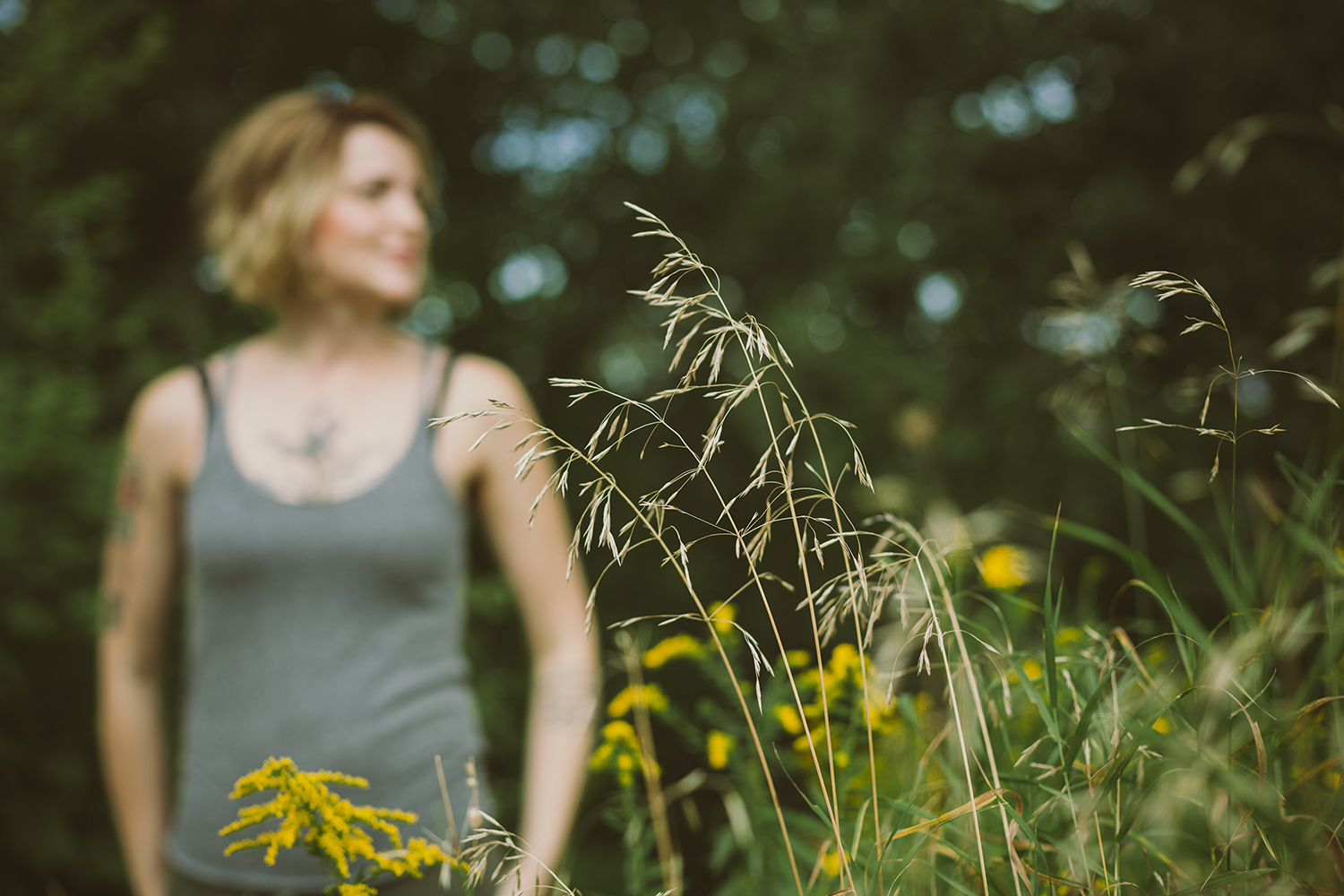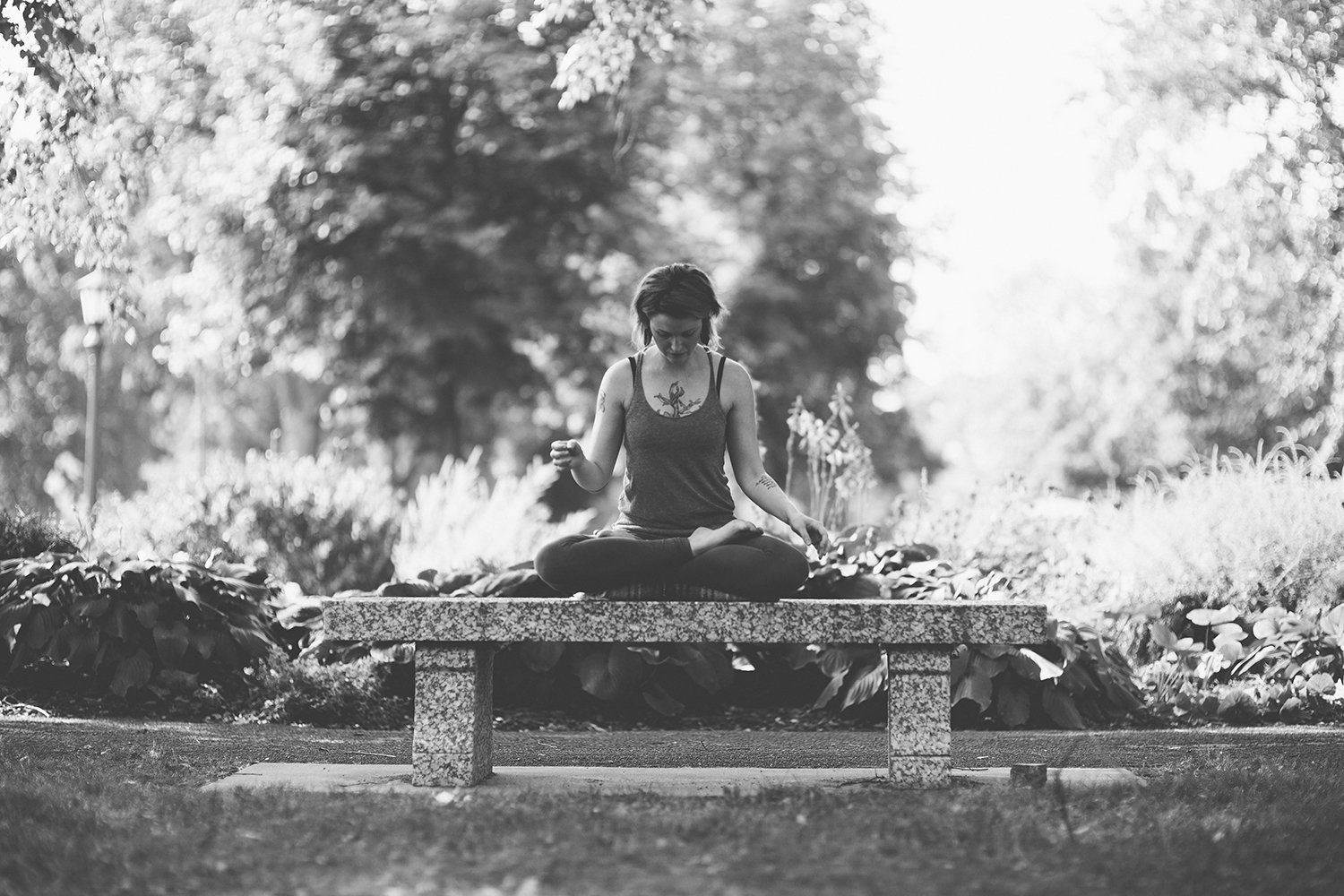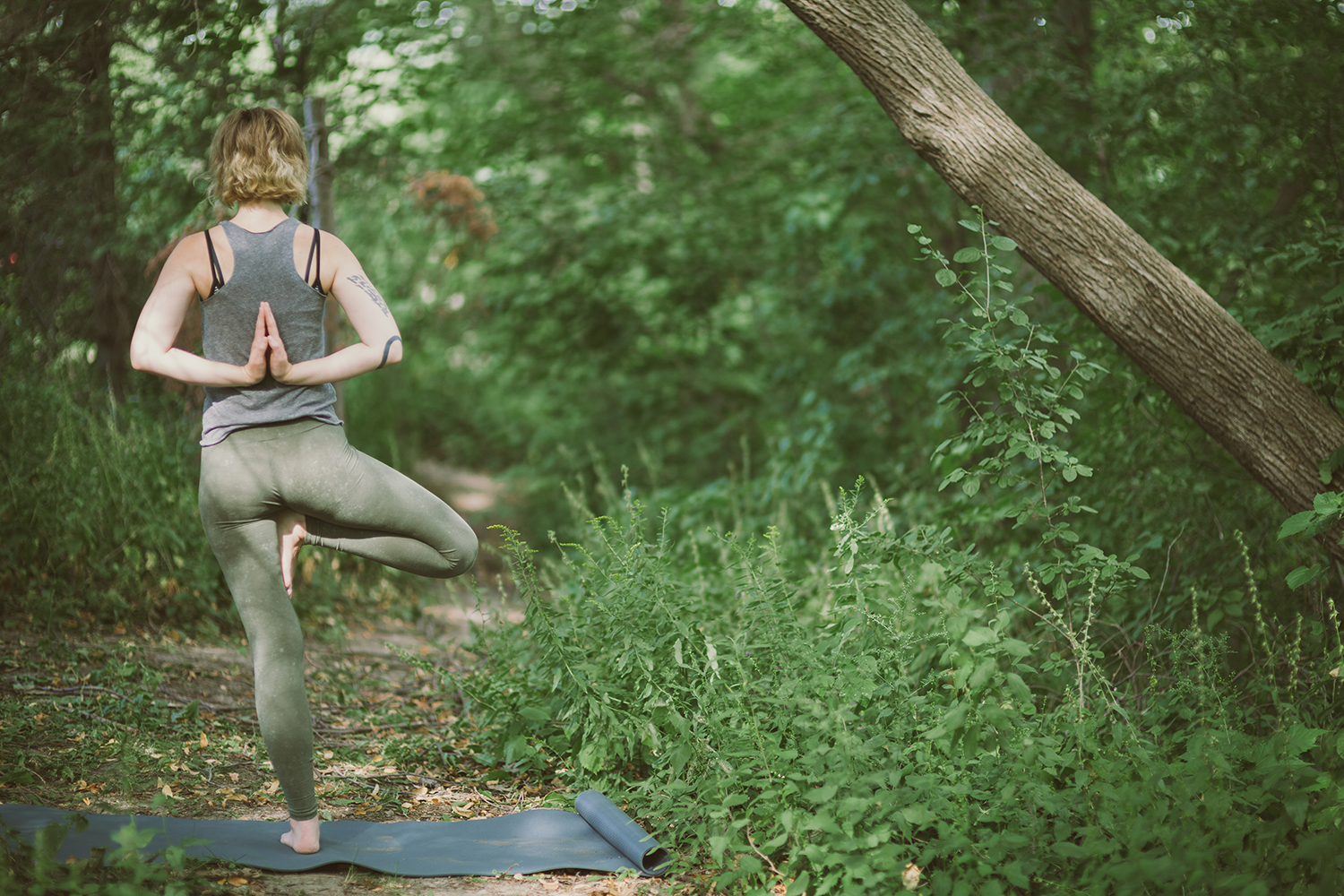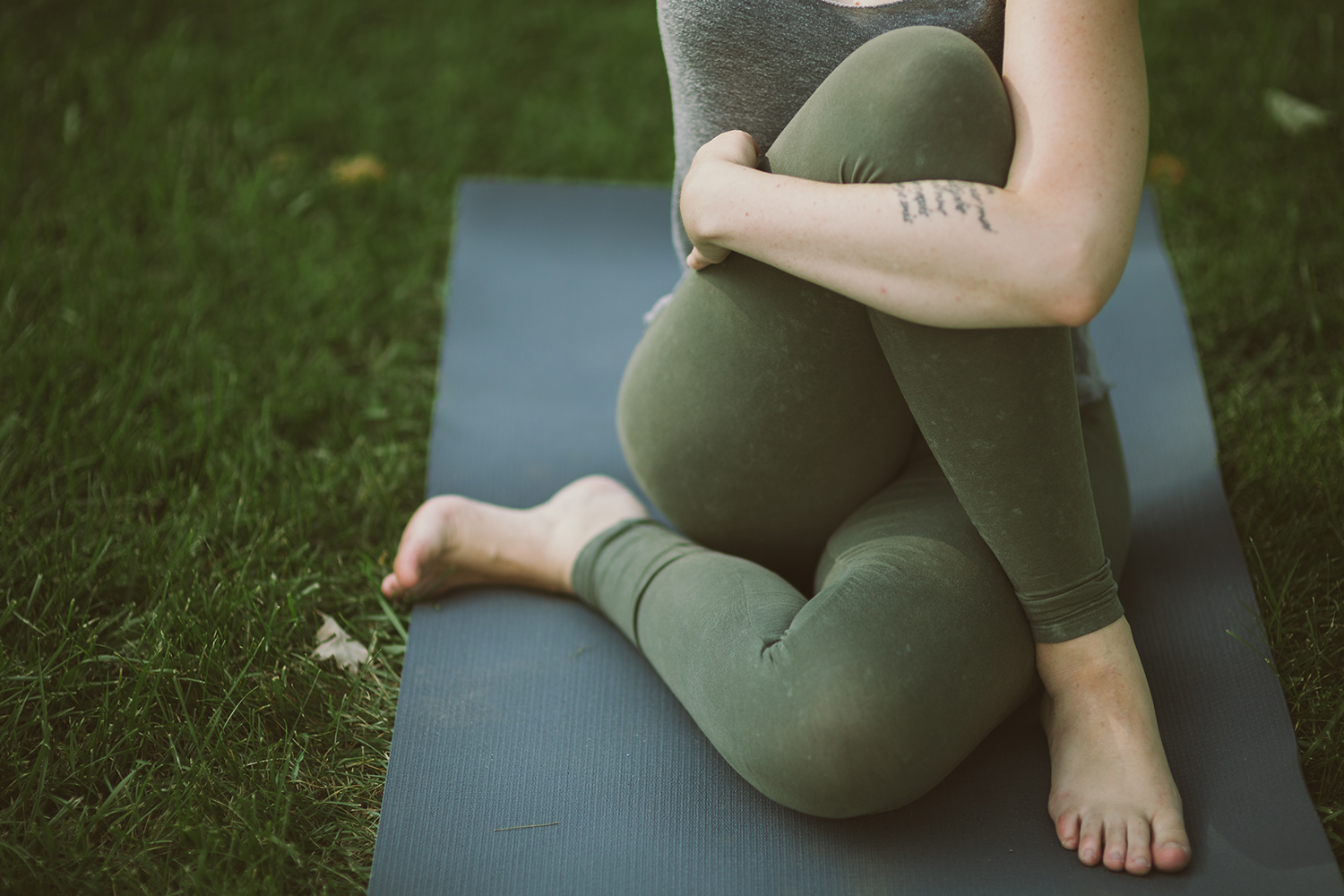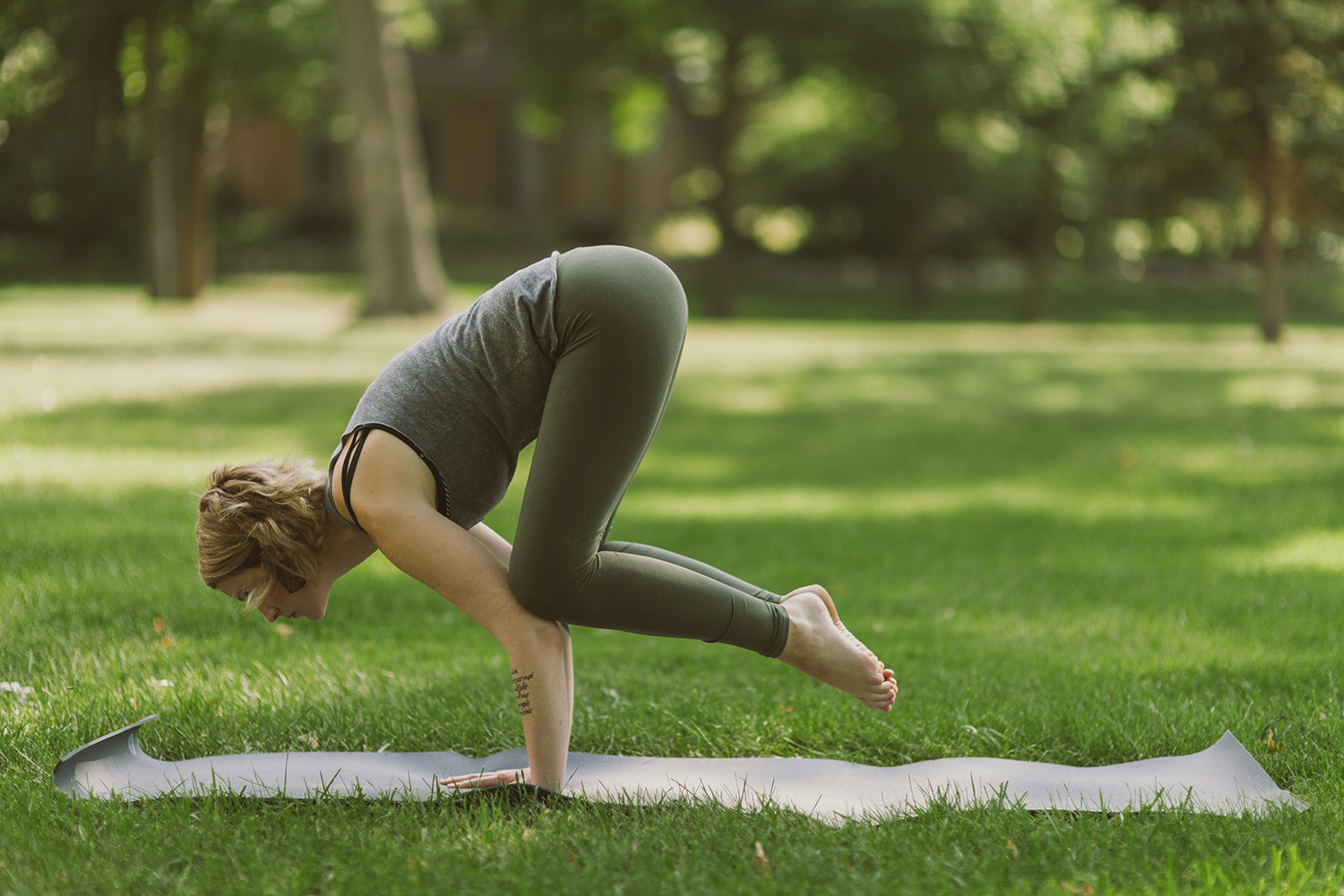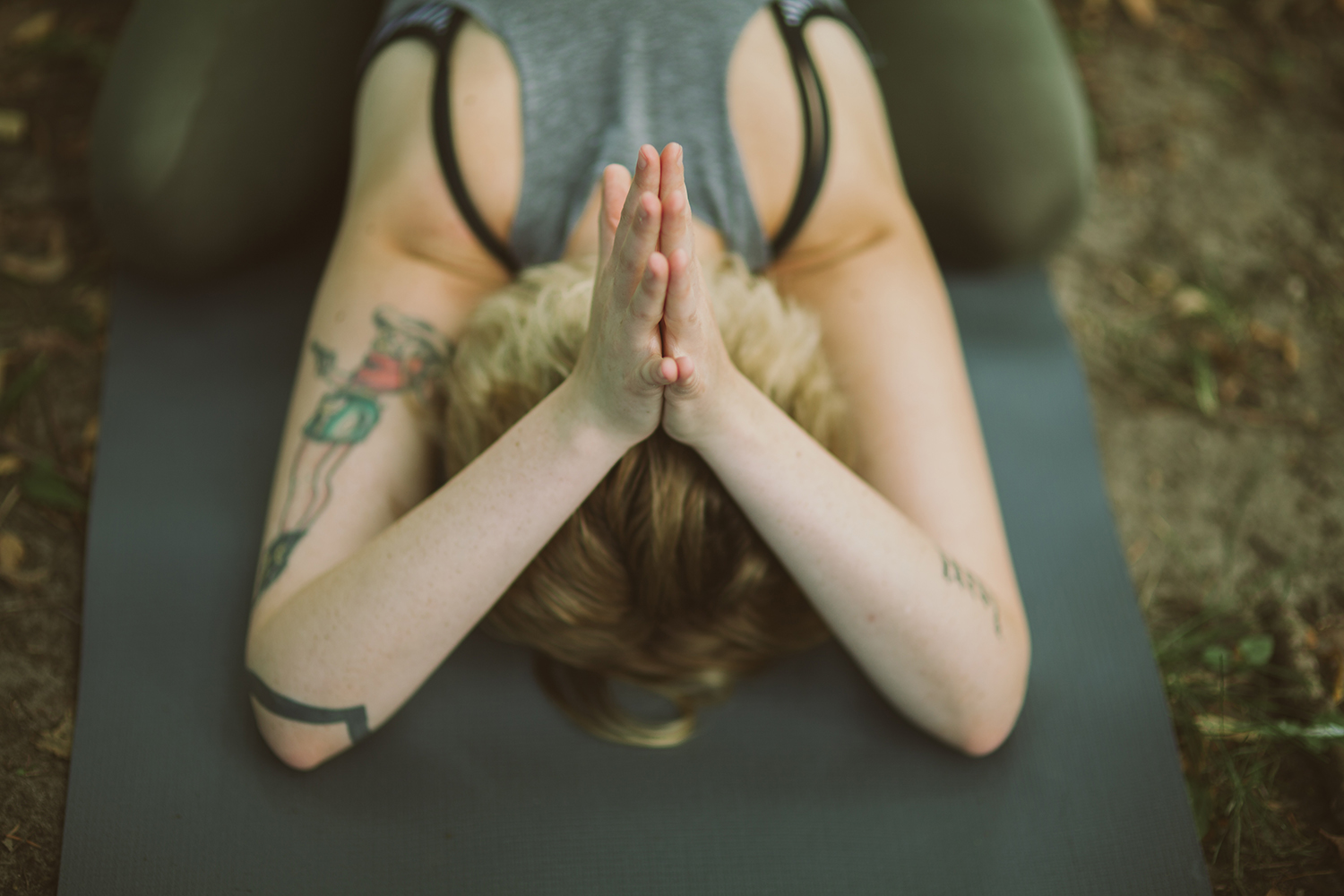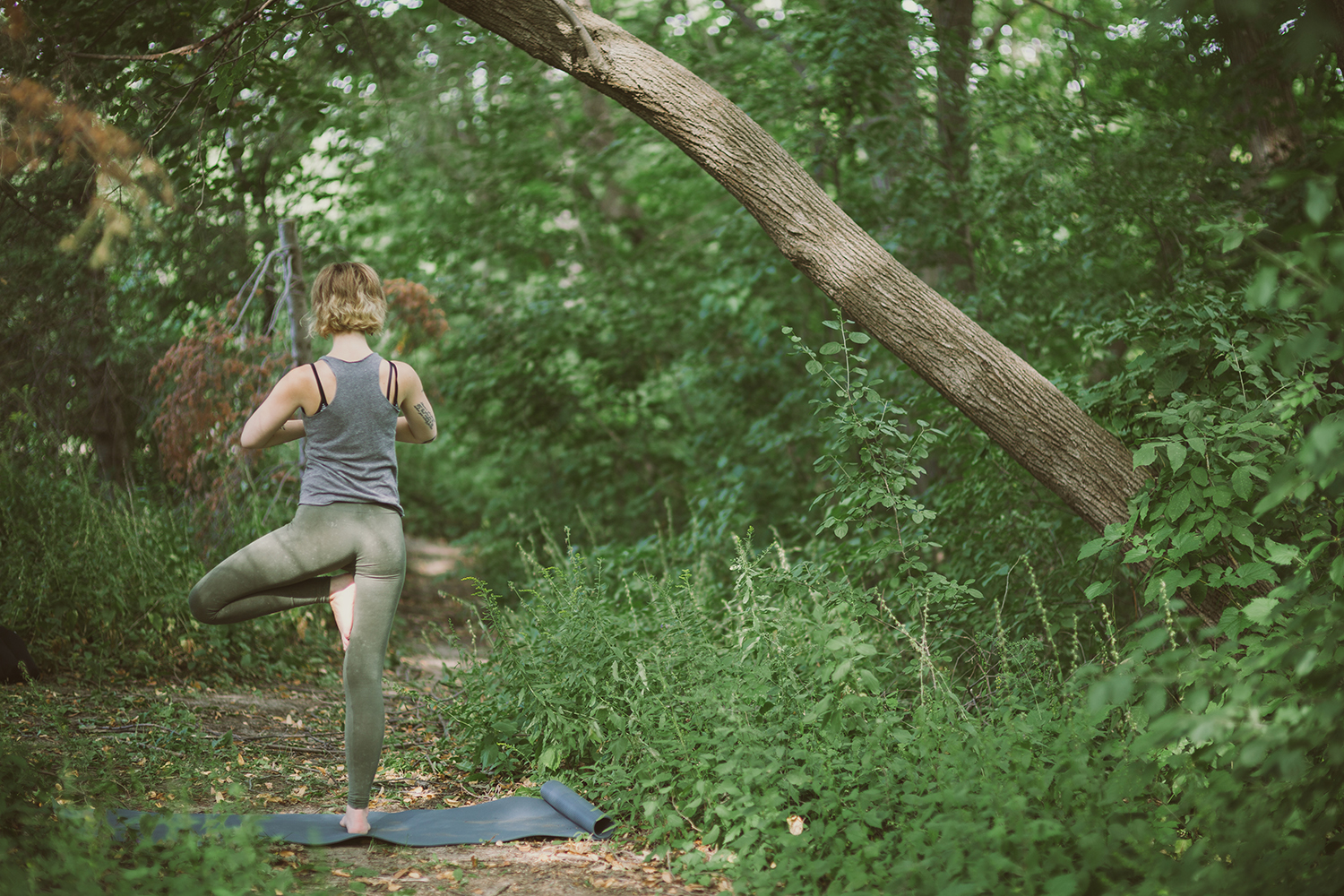LISTEN NOW:
SUMMARY:
Has letting go or surrendering ever been a challenge for you?
Do you practice yoga?
Is spiritual connection and growth important to you?
You are Chelsea.
MENTIONS:
Podcast Movement 2017
Photos:
Instagram @jenningsphoto
NOTES:
[1:10] Summer vacation, plus the timelessness of our approach
[2:25] Natalie talks about new goals for AFP and our first-person storytelling style
[3:30] Today’s story is one from the archives
[4:15] The difficulty in surrendering
[4:45] Natalie talks about selling everything she owns and what it’s like throwing things away that are sentimental or have been a part of your life for a long time
[5:45] Join the conversation in our FB group: A Face Project Community
[6:55] Let’s meet up at Podcast Movement 2017!
[7:15] Chelsea’s story
[7:45] Spirituality and yoga
[8:05] How a basic pose like mountain pose (tadasana) can be subtly difficult
[9:12] The beauty of yoga
[9:40] The post the Chelsea struggles with the most and why
[10:00] “It’s so hard to completely surrender…”
[10:40] Start with the breath first
[11:12] Get your mind there when you practice
[11:45] “I wanted to be of service to something bigger than myself.”
[12:00] How yoga has changed her life
[12:45] PM17 in Anaheim, CA
[13:05] Natalie will be booking head shots for PM17
READ THE TRANSCRIPT:
My name is Chelsea. I am a yoga instructor, currently living in St. Paul. This is the story of my yoga discovery. Yoga for me has nothing to do with the physical practice. It’s entirely spiritual. I was really looking for very deep, spiritual practice, but I couldn’t really find the perfect fit, perfect religion, the perfect practice of anything, really.
Bringing the spirituality part into the physical practice is obviously what makes yoga yoga. It’s almost like practicing the physical yoga is a representation of my spirituality. I think tadasana mountain pose is a huge one for me because it’s so basic. It’s so foundational, but there’s so much going on. It represents so much of not just your body’s alignment, but that you’re standing on your own two feet, so to speak. It’s one of those poses where all of your bones, all of your muscles, everything is working synergistically, which is really beautiful because usually most poses, you’re focusing on one area. But with tadasana, you’re rooting through your feet. So your feet are engaged, your toes are rooting into the ground, your calf muscles are engaged, your thigh bones are hugging your femurs, your core is engaged, and you’re broadening your shoulders, and you’re dropping your tailbone, and you’re reaching up through the crown of your head. It’s just this full body thing that’s happening.
That was something I think that I really struggled with. You know, learning these foundational poses, breaking it down, and you’re kind of getting to like the raw version of yourself, which can be really powerful. It’s kind of beautiful in a way, because that’s what people are like. On the outside, they’ve got this kind of shell. Like it looks easy, they know that everything’s all figured out, and then there’s all this stuff hiding underneath.
I remember I was in my … It was like an introduction meeting for yoga teacher training. “Why do you want to be here? Why do you want to do this training? Why do you want to be a yoga instructor? What pose is the one that you struggle with the most?” I remember saying child’s pose. Everyone was saying all these very intricate … They were saying the Sanskrit names and I was like, “I don’t know what that is.” But I just knew that I had to say child’s pose. The reason for that is because it’s so hard to completely surrender in everything in your life, with relationships, with people, with everything. Child’s pose for me is very like … You’re forced to let go, and that is super challenging. So I just find that like a very nurturing pose in a way, because you’re kind of retracting back to yourself, I think.
There are three main parts of a yoga practice, that pranayama asana practice and meditation, I would say are three. I would encourage someone who wants to try yoga for the first time to start with pranayama. Start with the breath, because that can be more moving and more beneficial to your body and to your life than say doing chaturangas or sun salutations for an hour. You have to very conscious of your body and your posture and how you’re sitting. You’re conscious of your lungs, and you’re drawing attention to all these different places within yourself, but yet you’re also in a meditative state.
I think that is the most important part to starting yoga practice, is getting your mind there. Then the asana practice are these physical poses, these sequences, are kind of like the endurance part. It’s building up the strength of your mind and focusing honing in on being in the present and not so all over the place. When I started practicing yoga and I wanted that spiritual connection, I began to realize throughout that journey that what I really wanted was to be of service to something other than myself, to devote my time and devote my energy to something bigger than me and all these petty things I worry about in day-to-day life.
I think the biggest way that yoga has changed my life is that it’s made me a more compassionate person. I’ve found myself kind of pausing before speaking, or my reaction time is much delayed, which is good. Definitely [inaudible [00:05:01] better. Not just to other people, but to myself. Knowing when to say yes, knowing when to say no when I really mean no, or really mean yes. Just being my authentic self is the biggest lesson yoga has taught me, for sure. •
